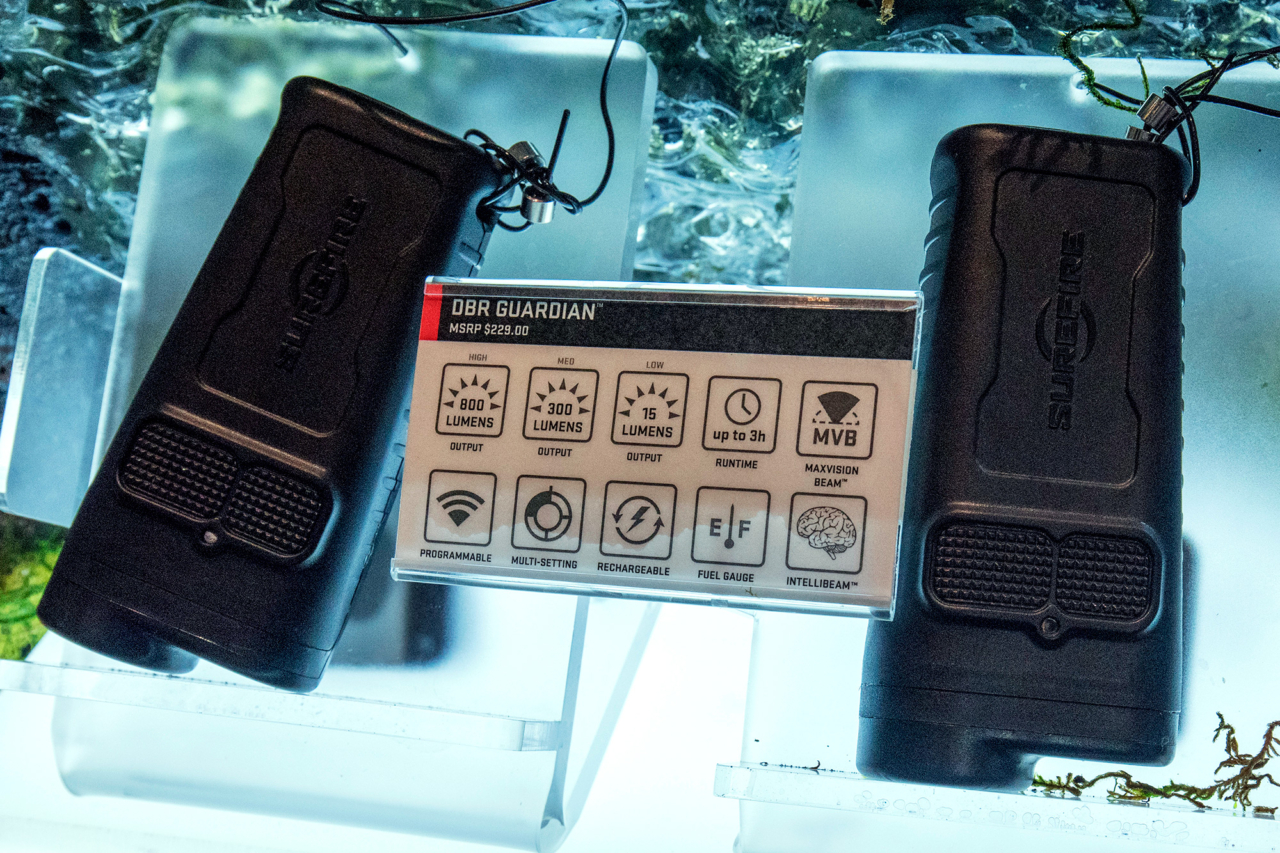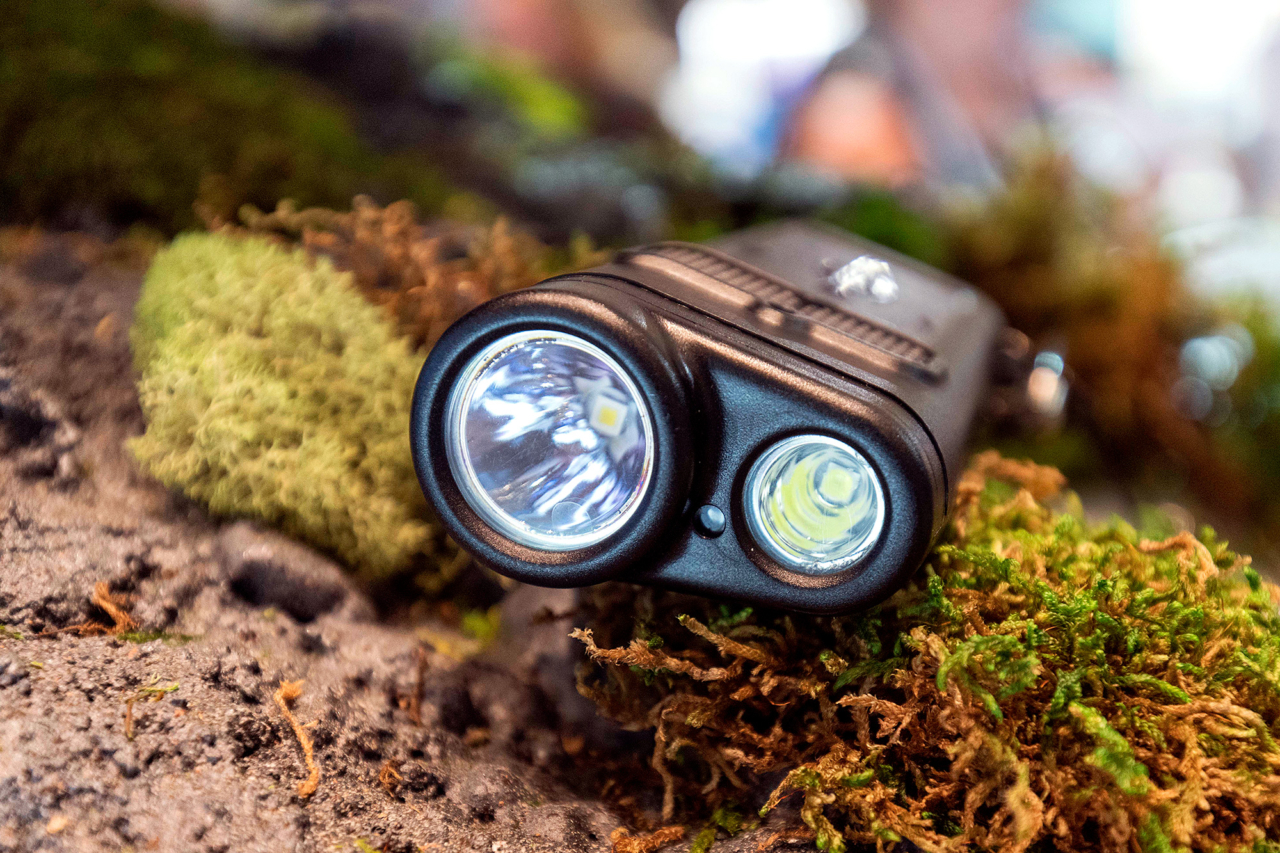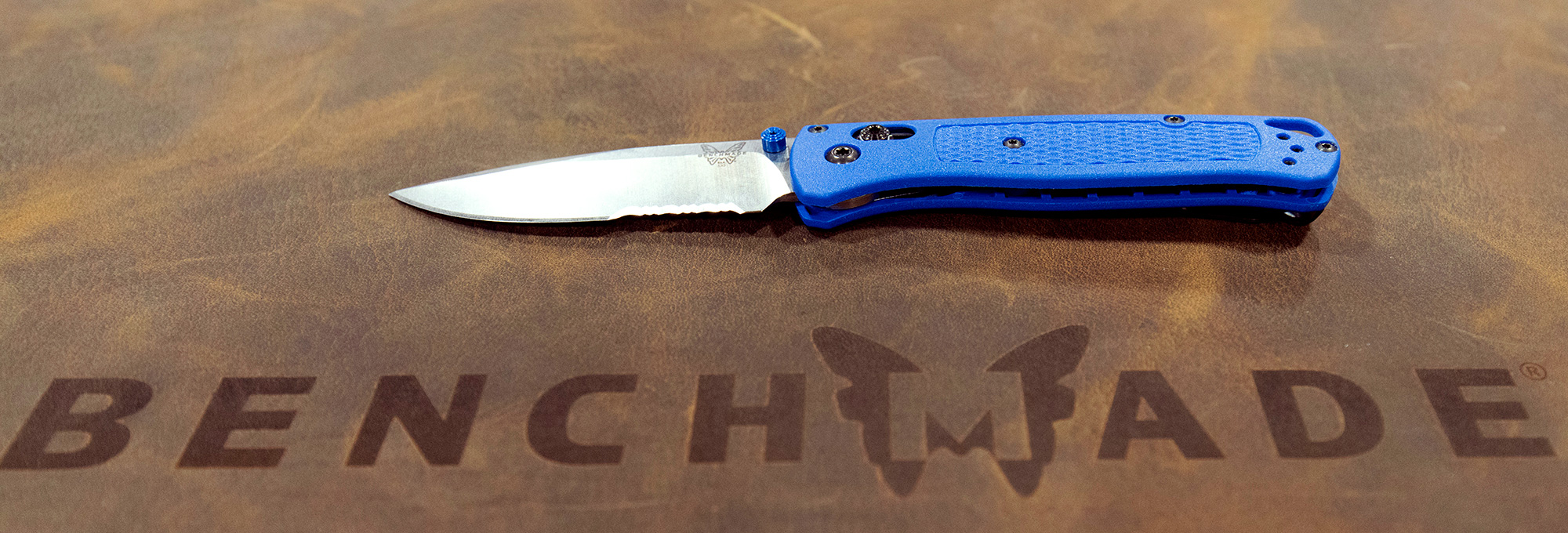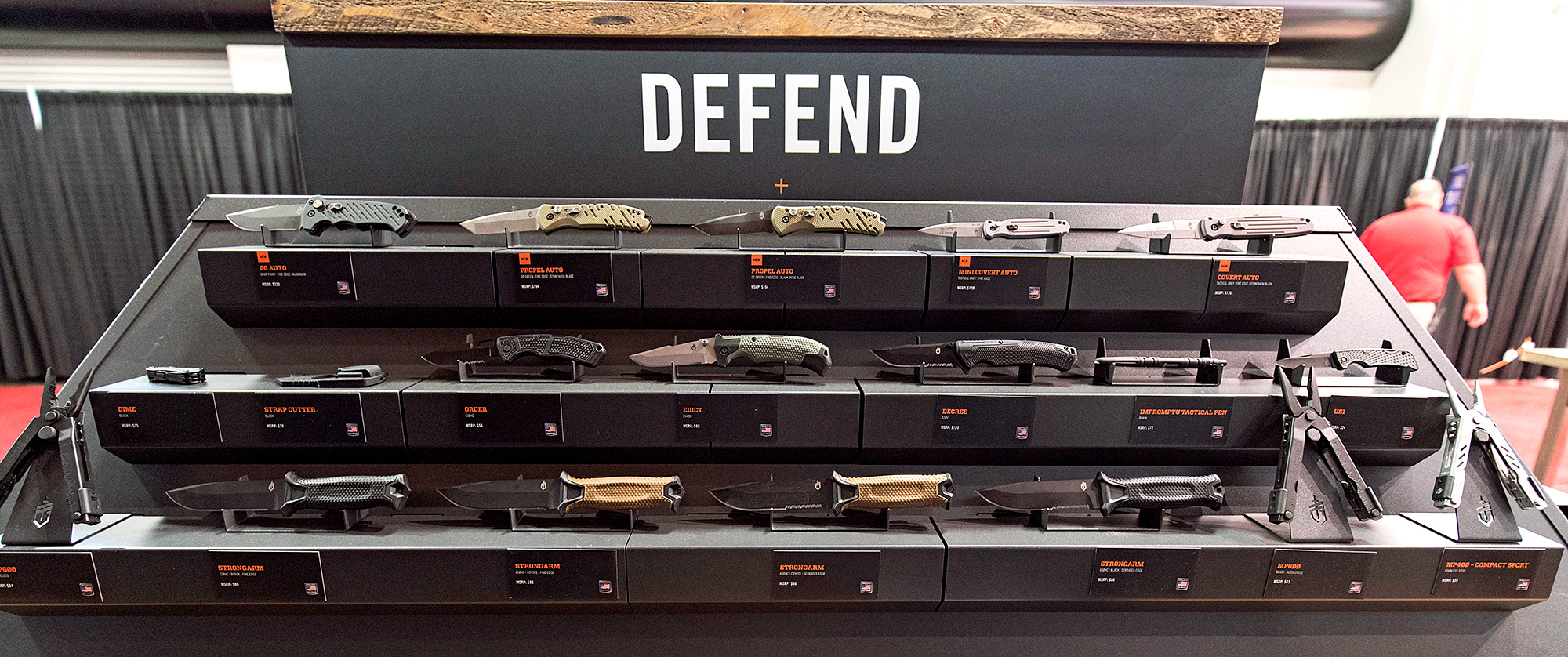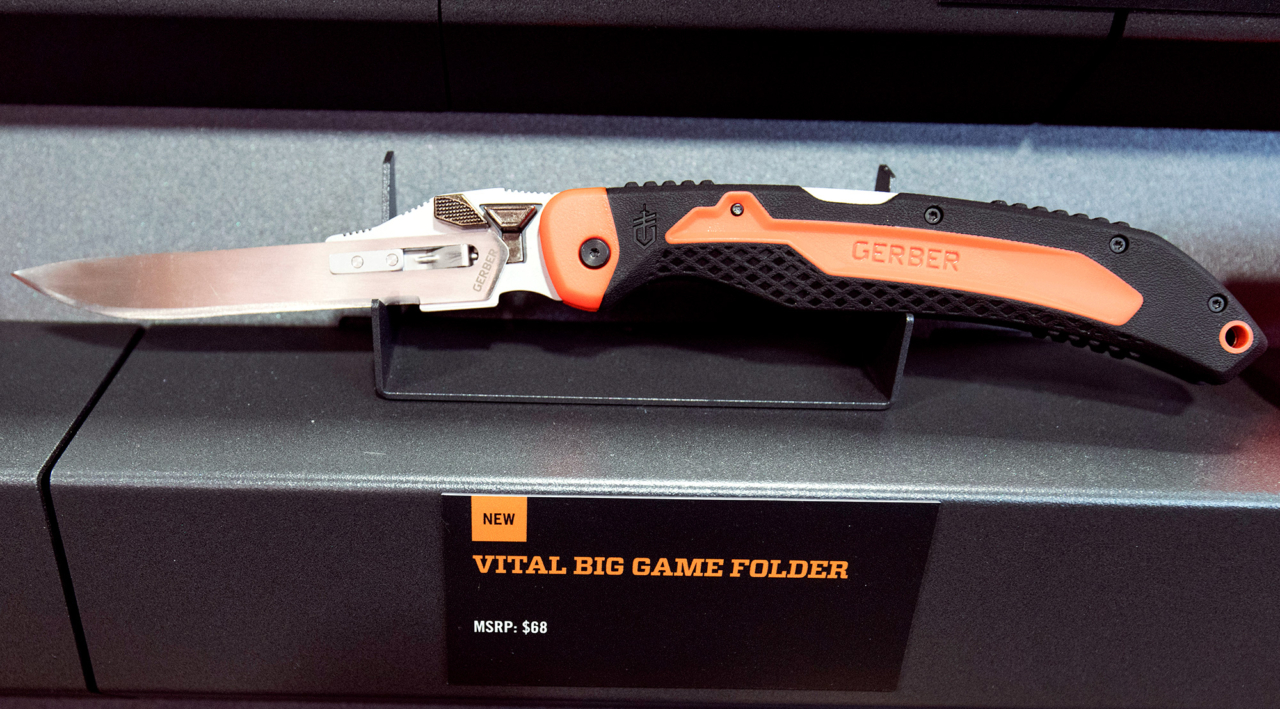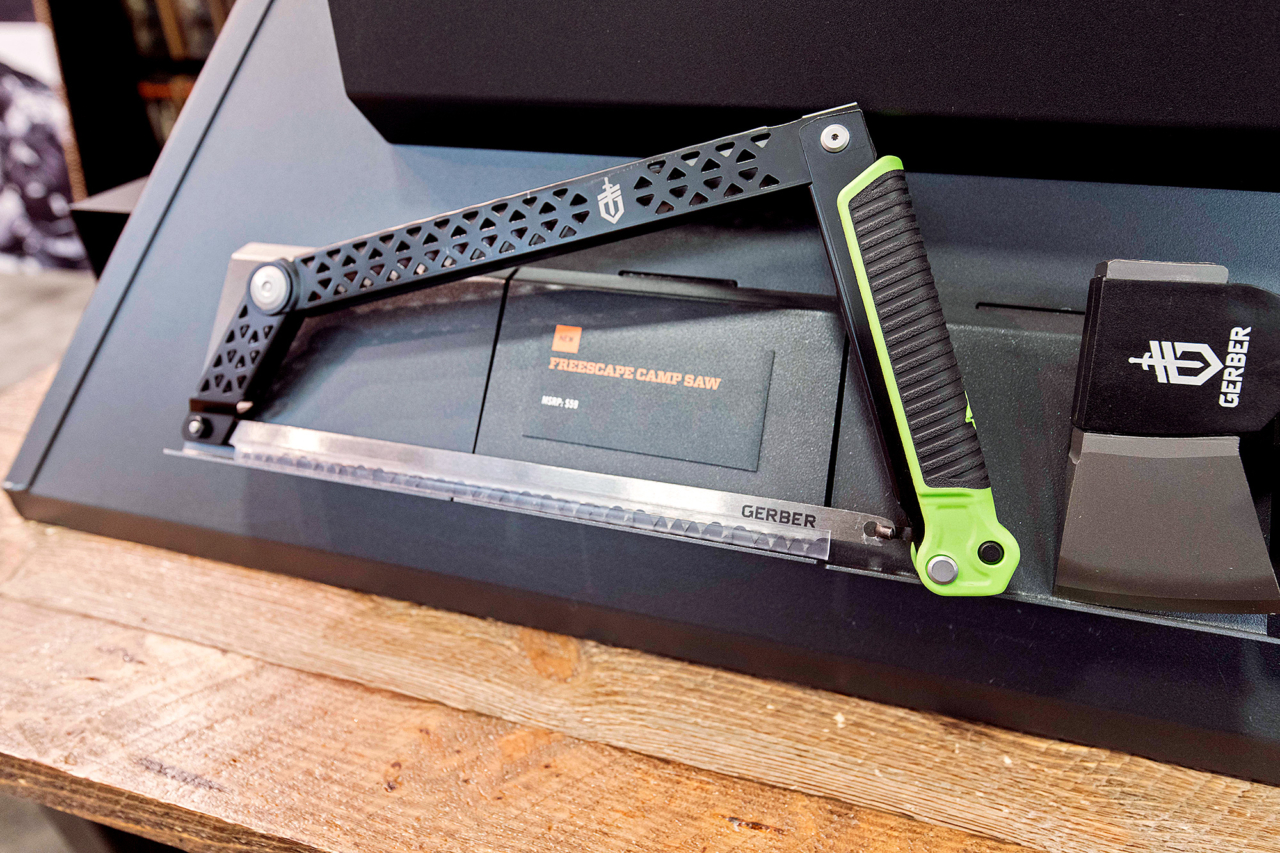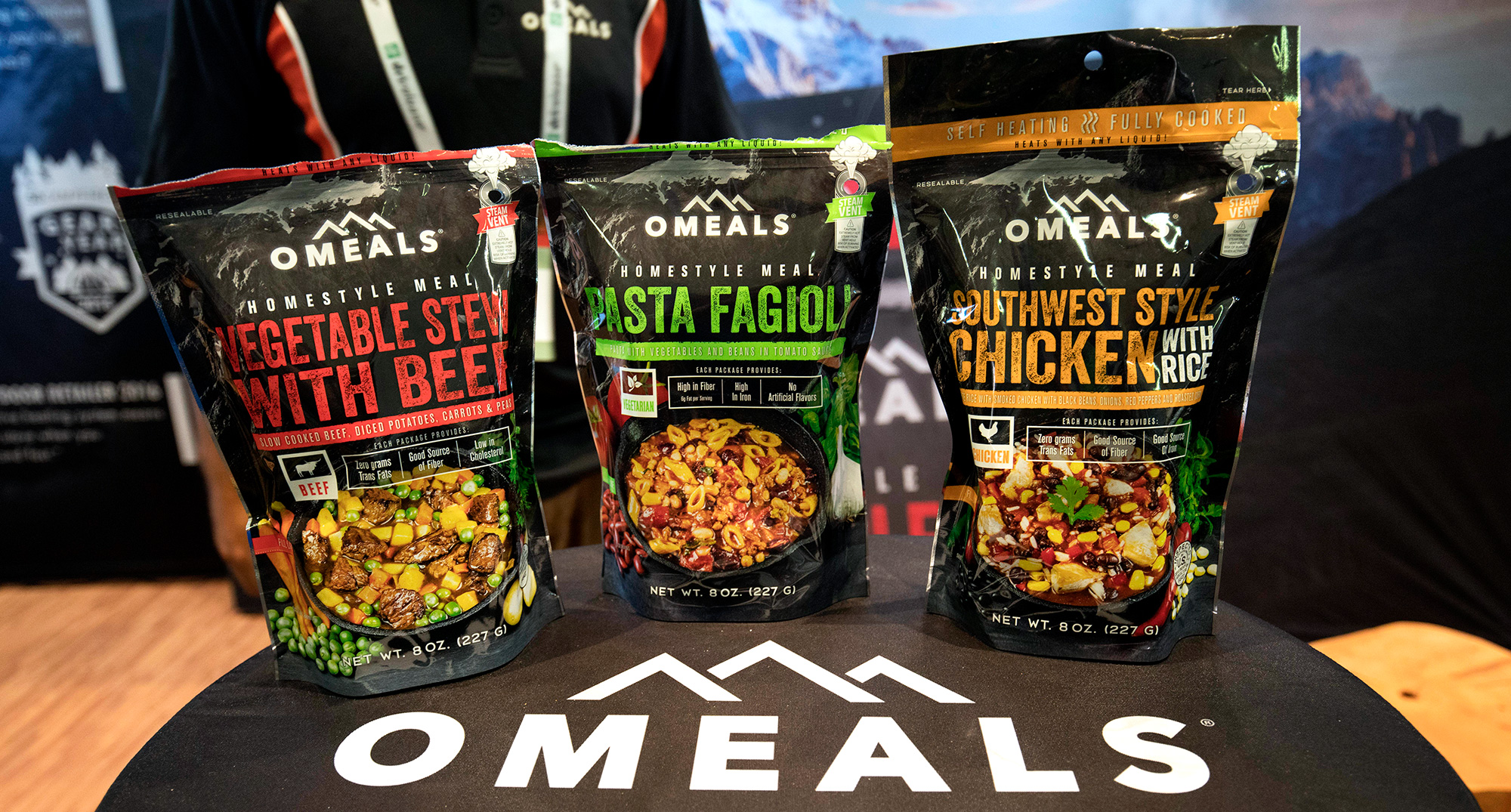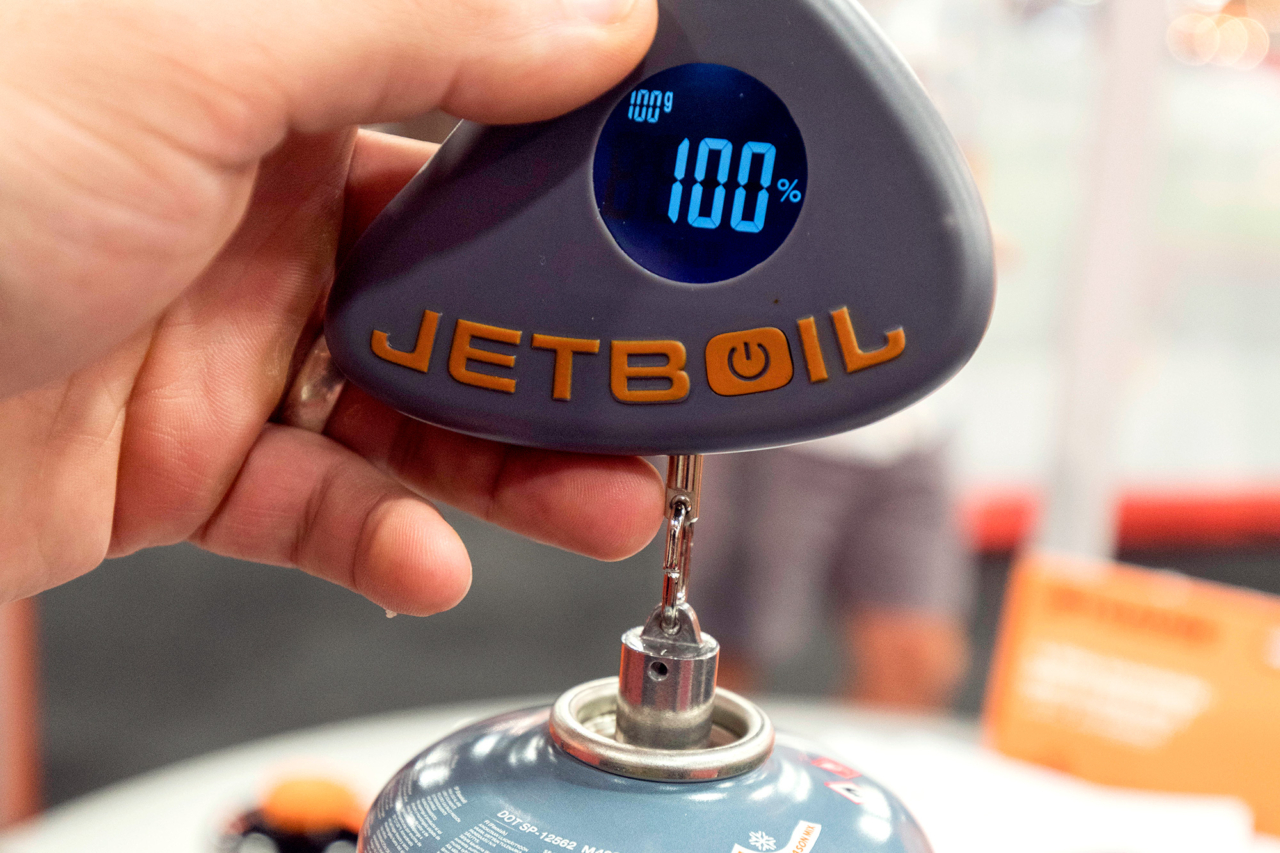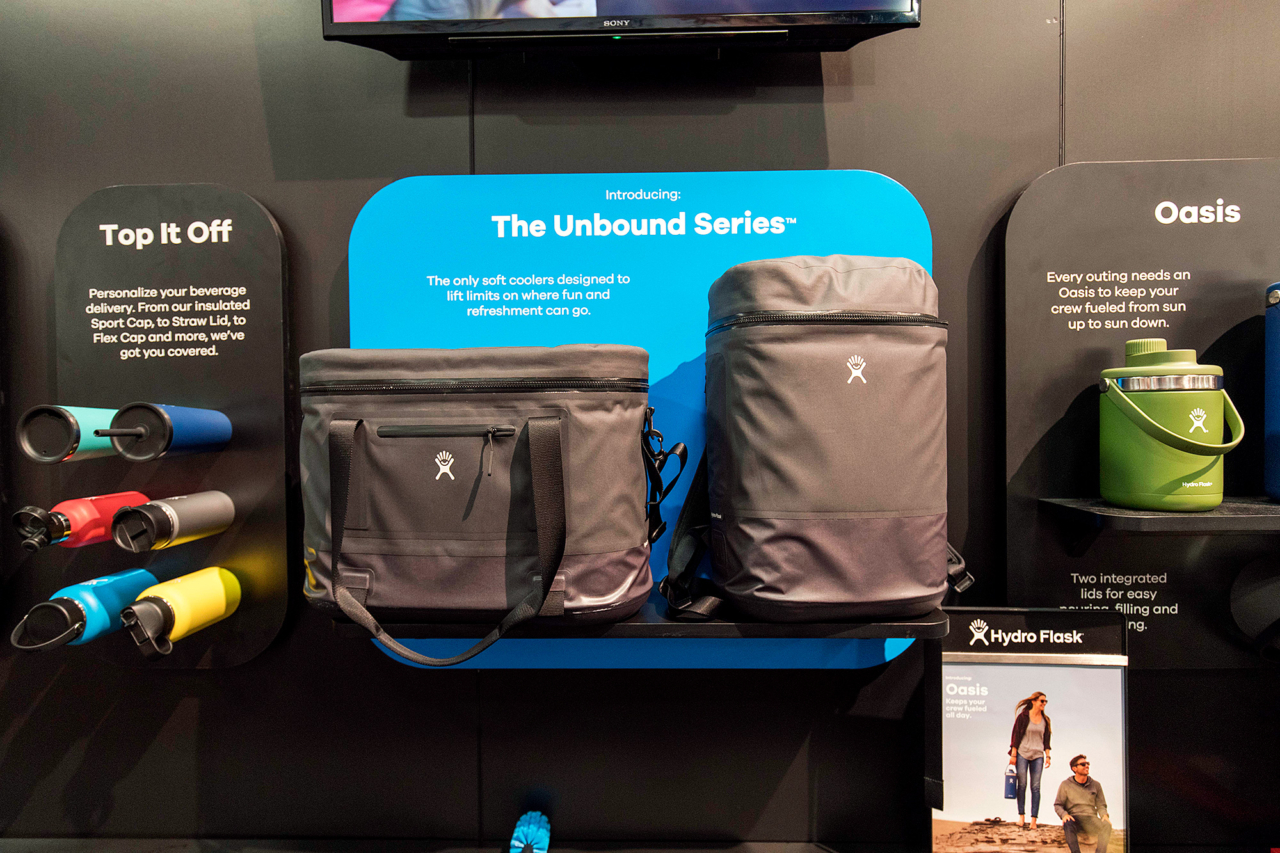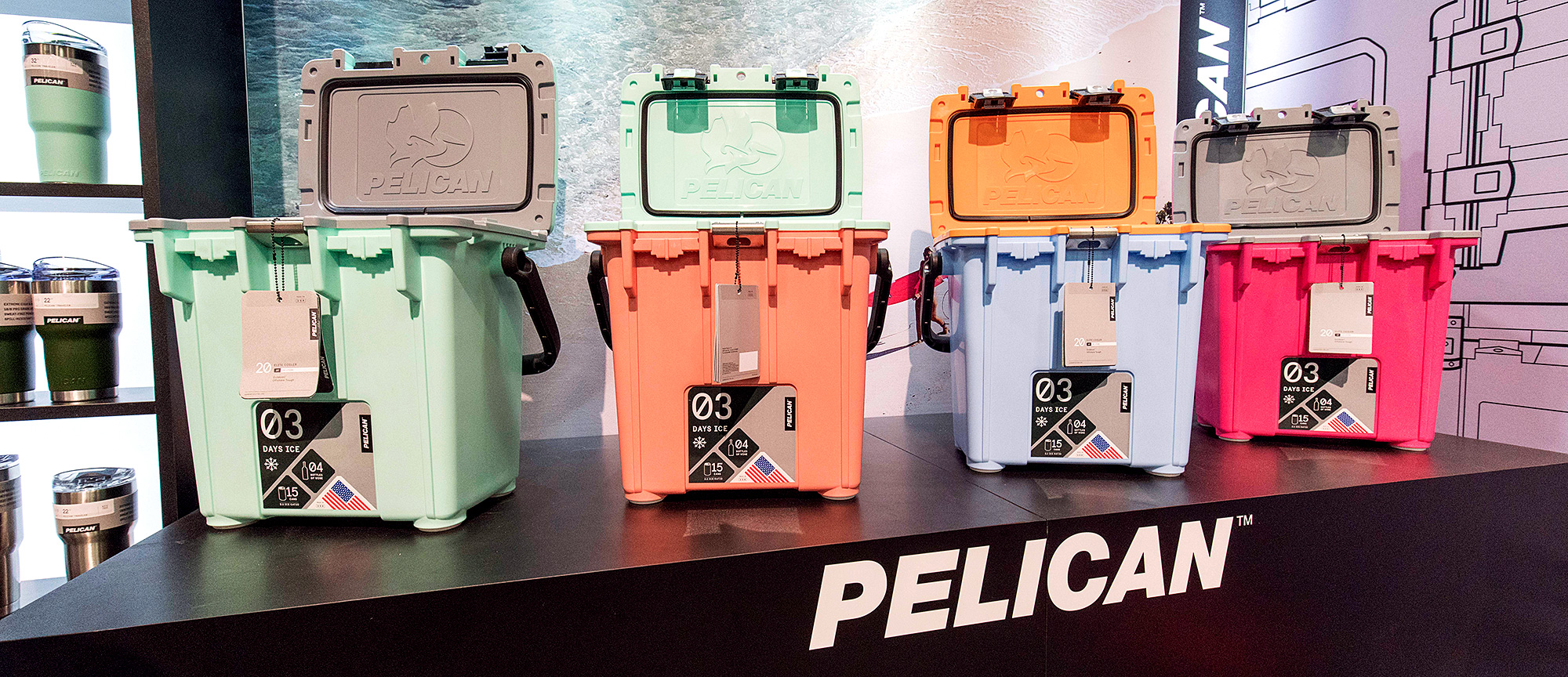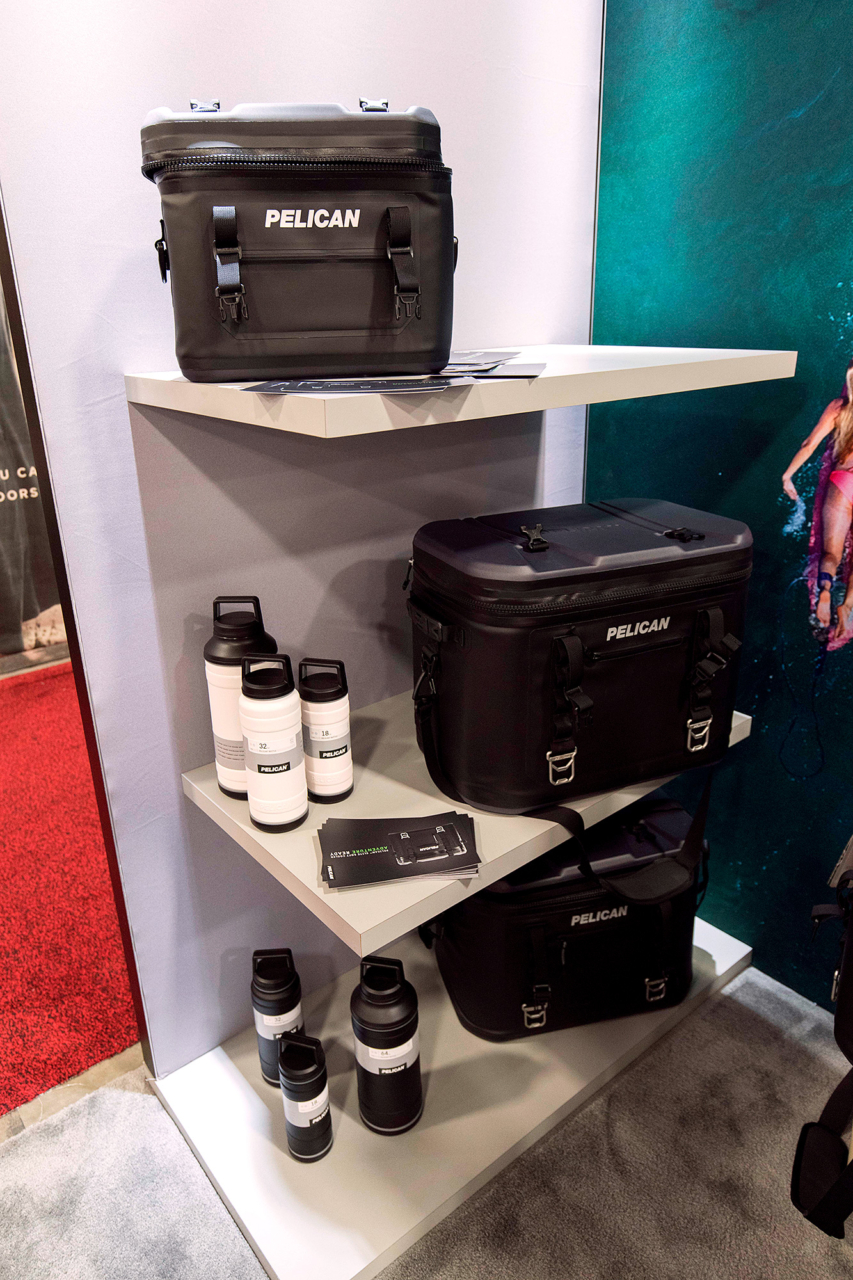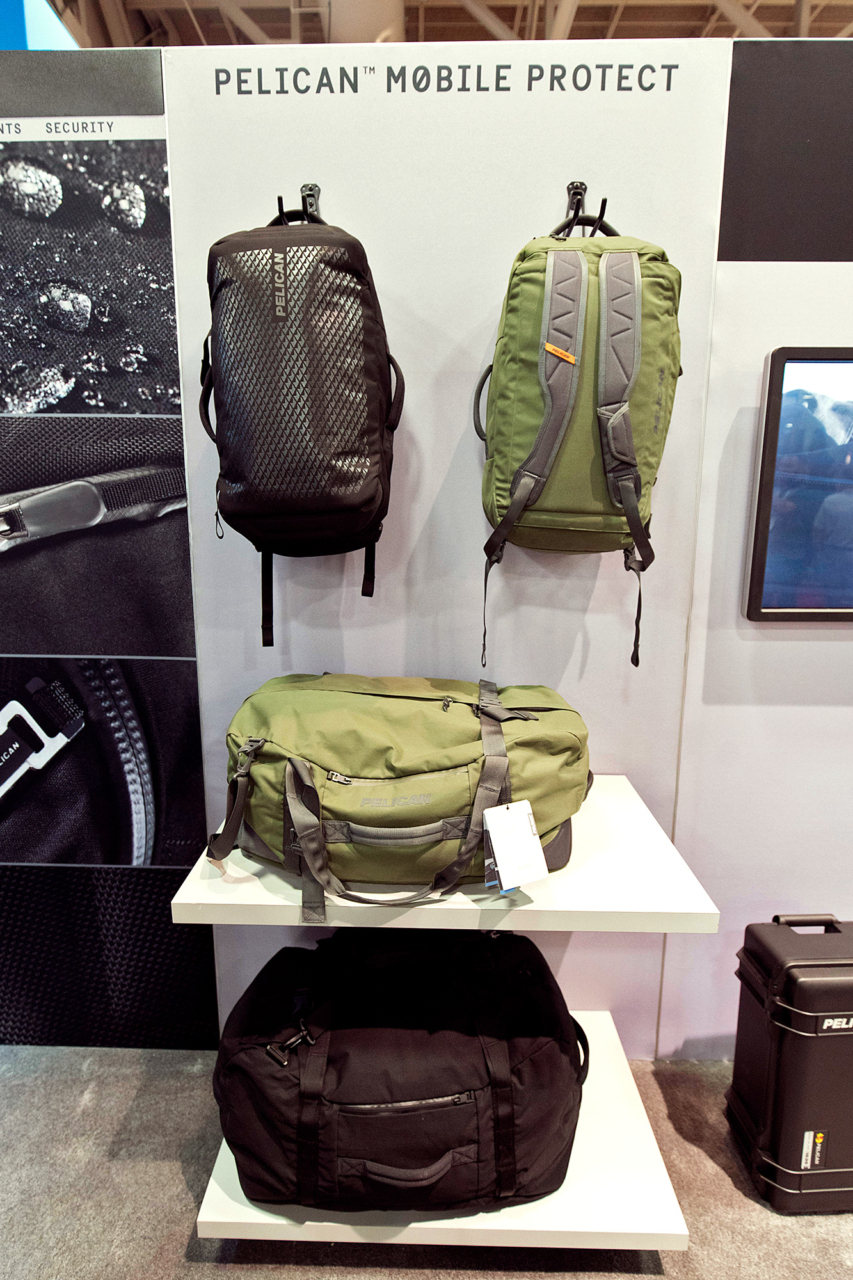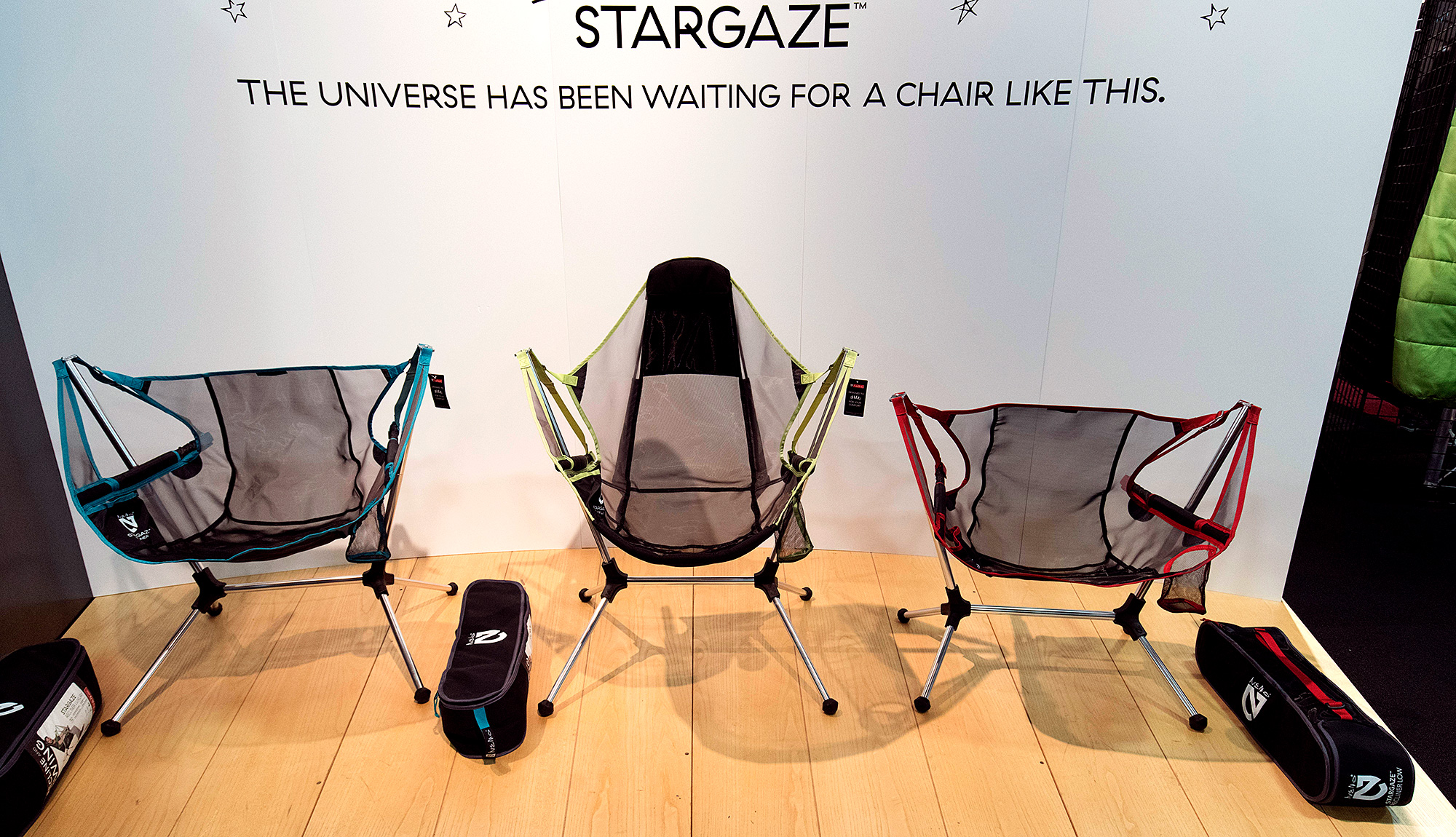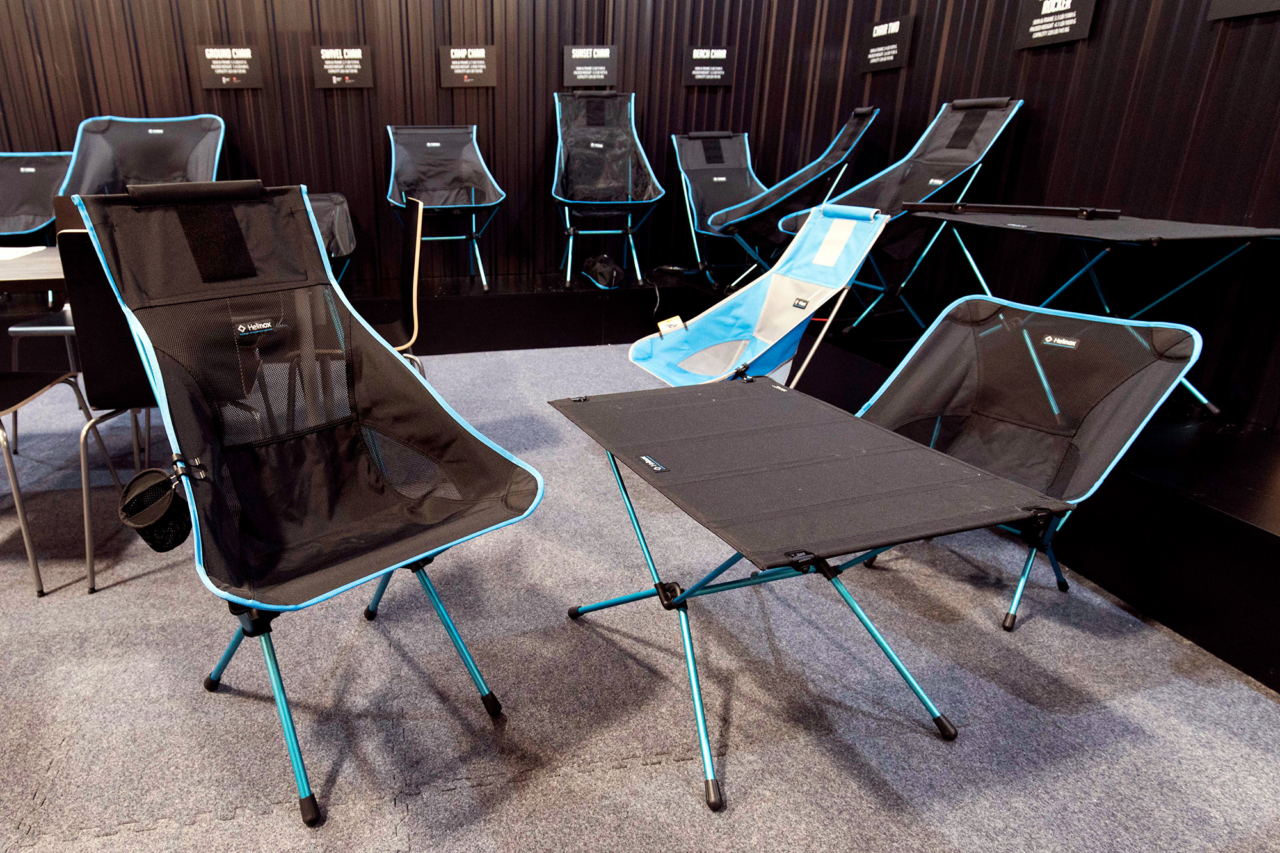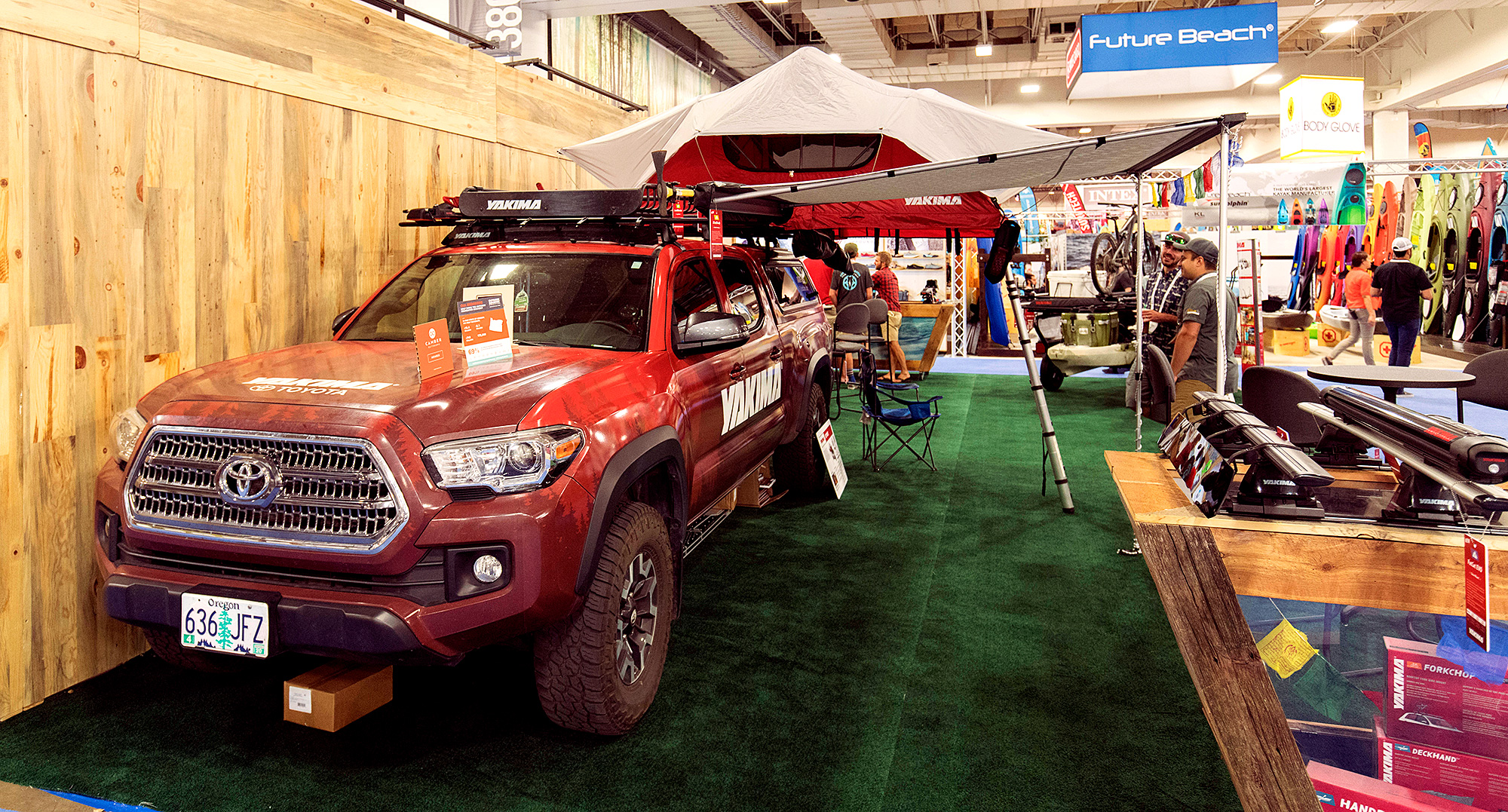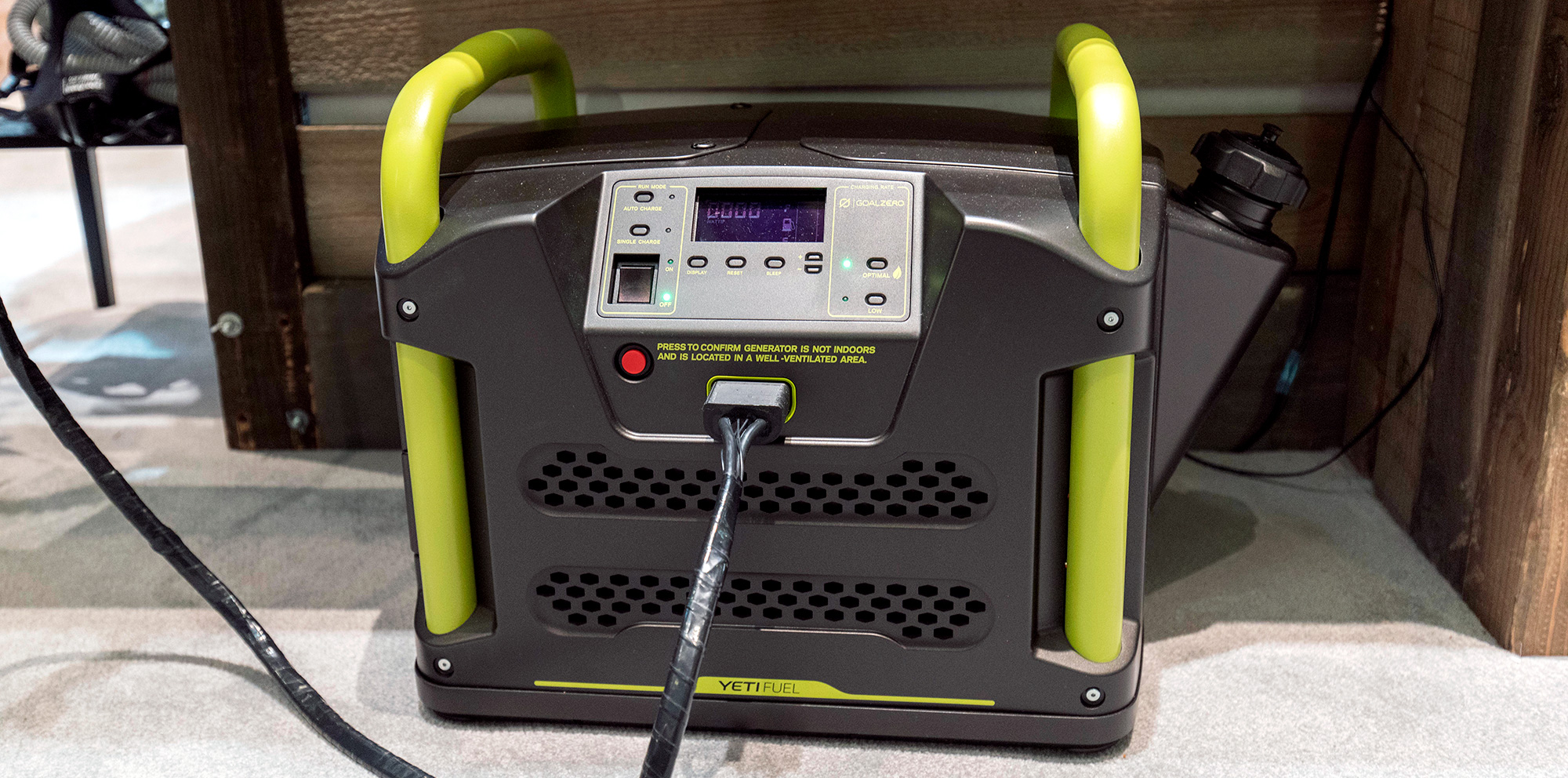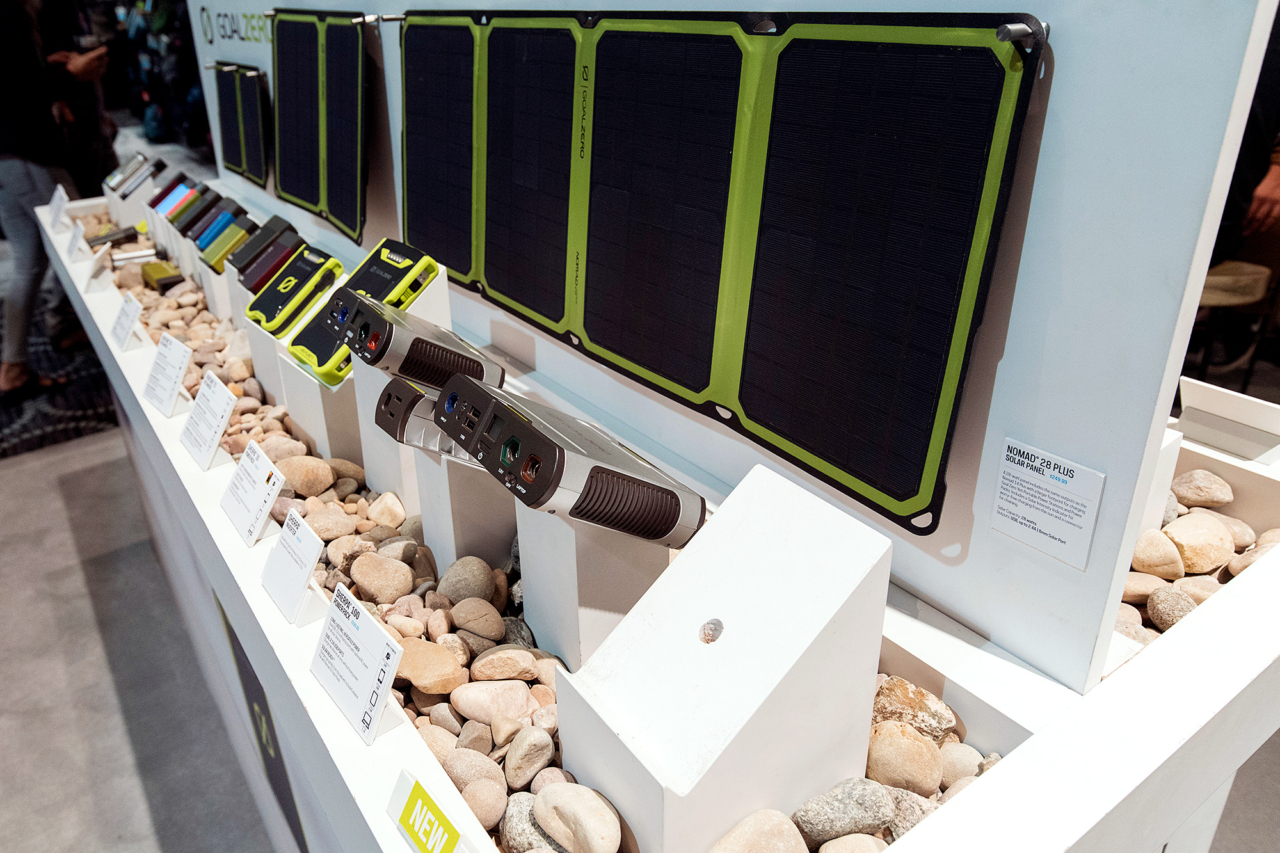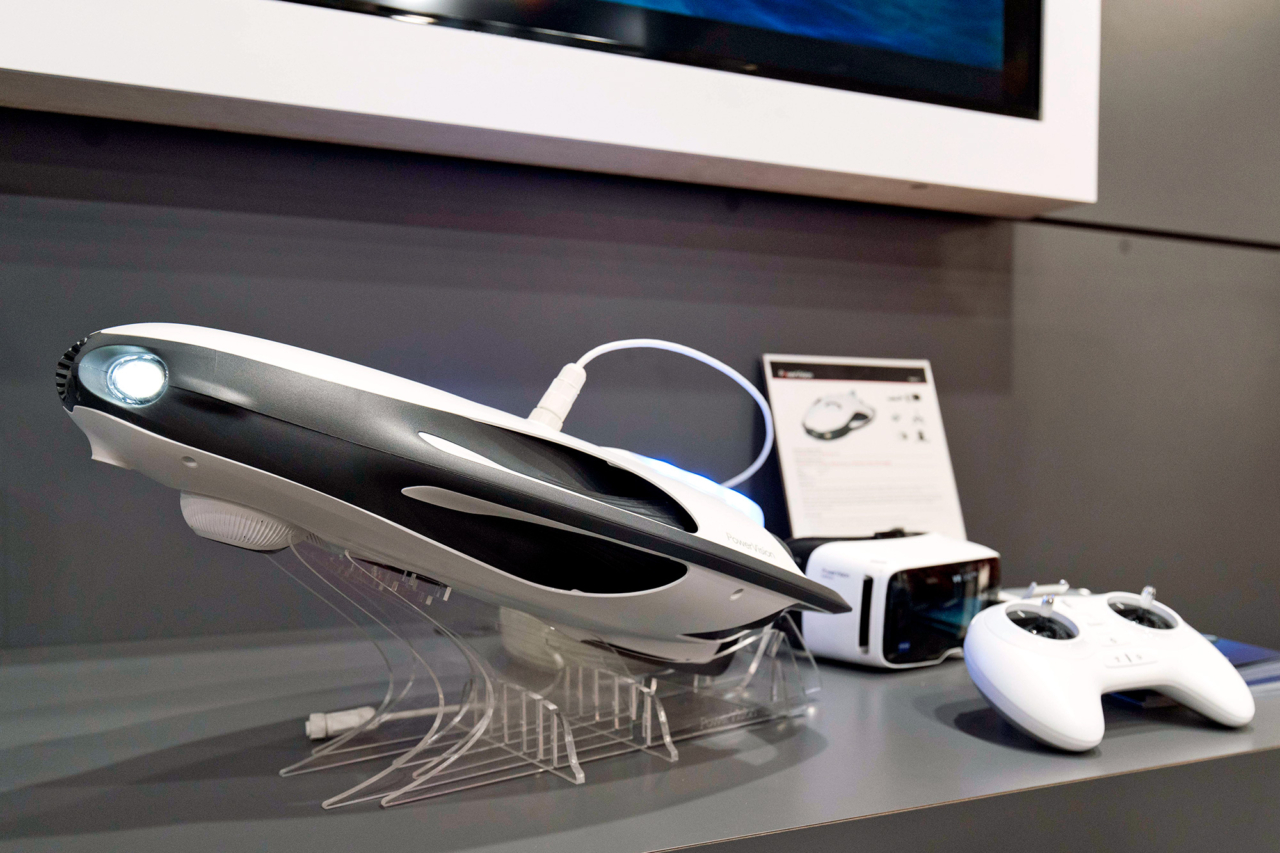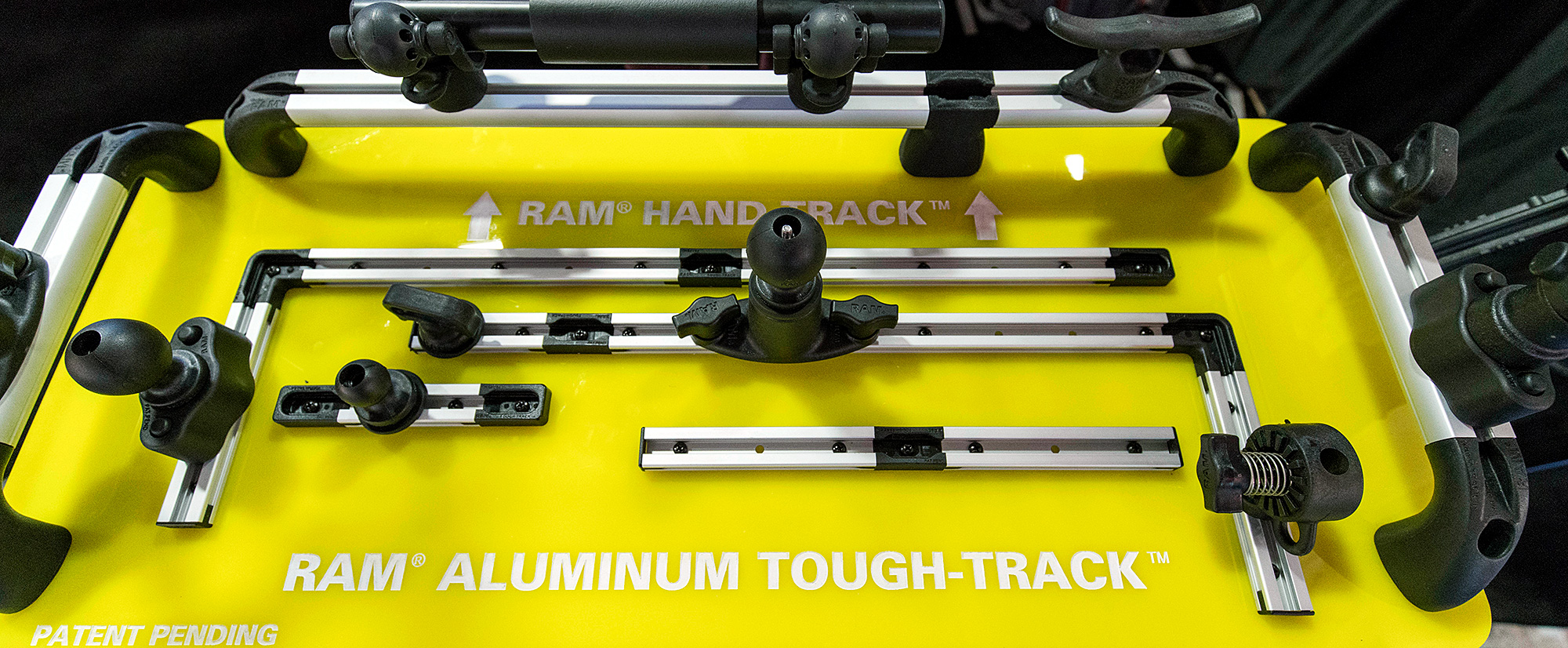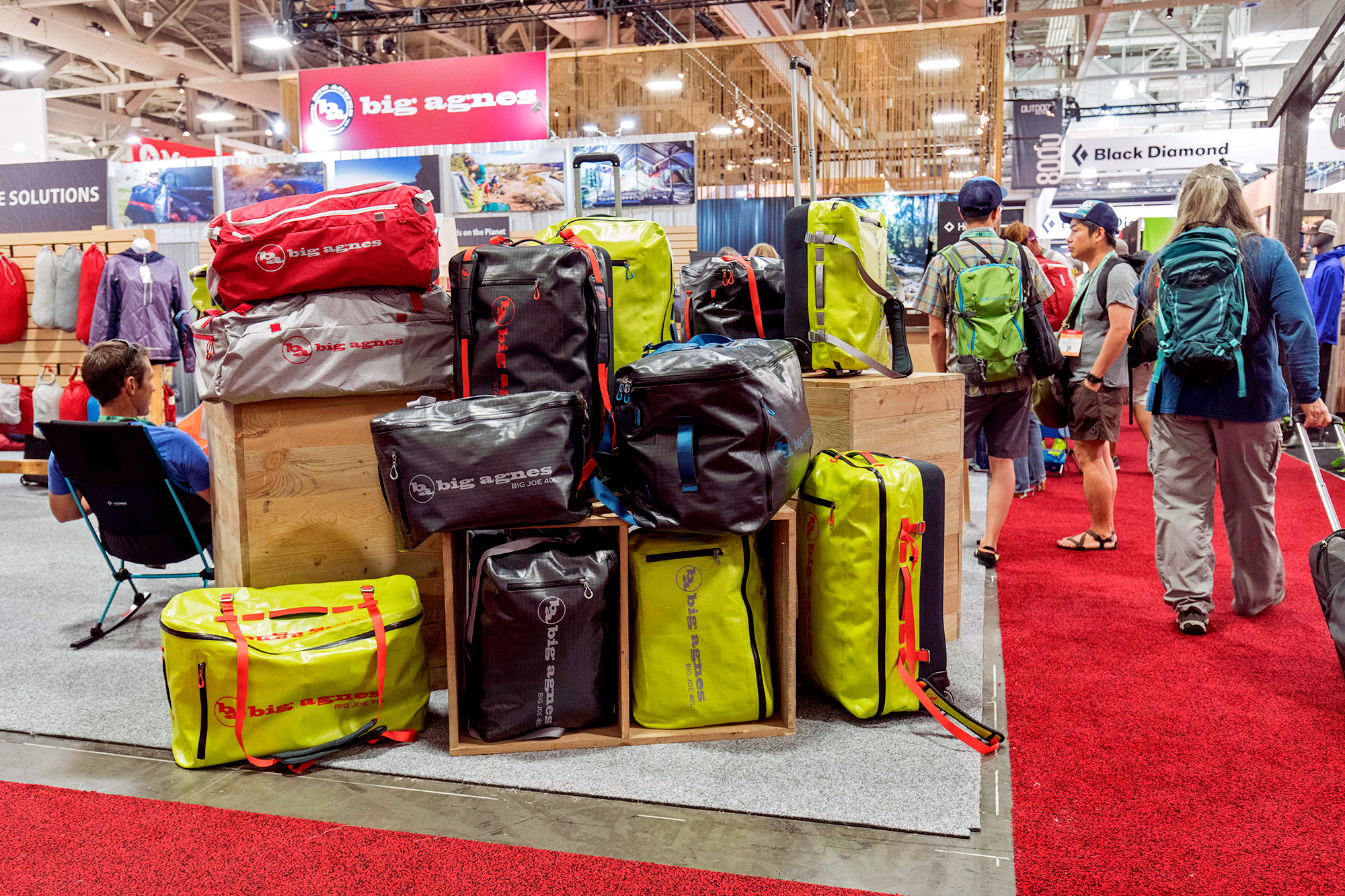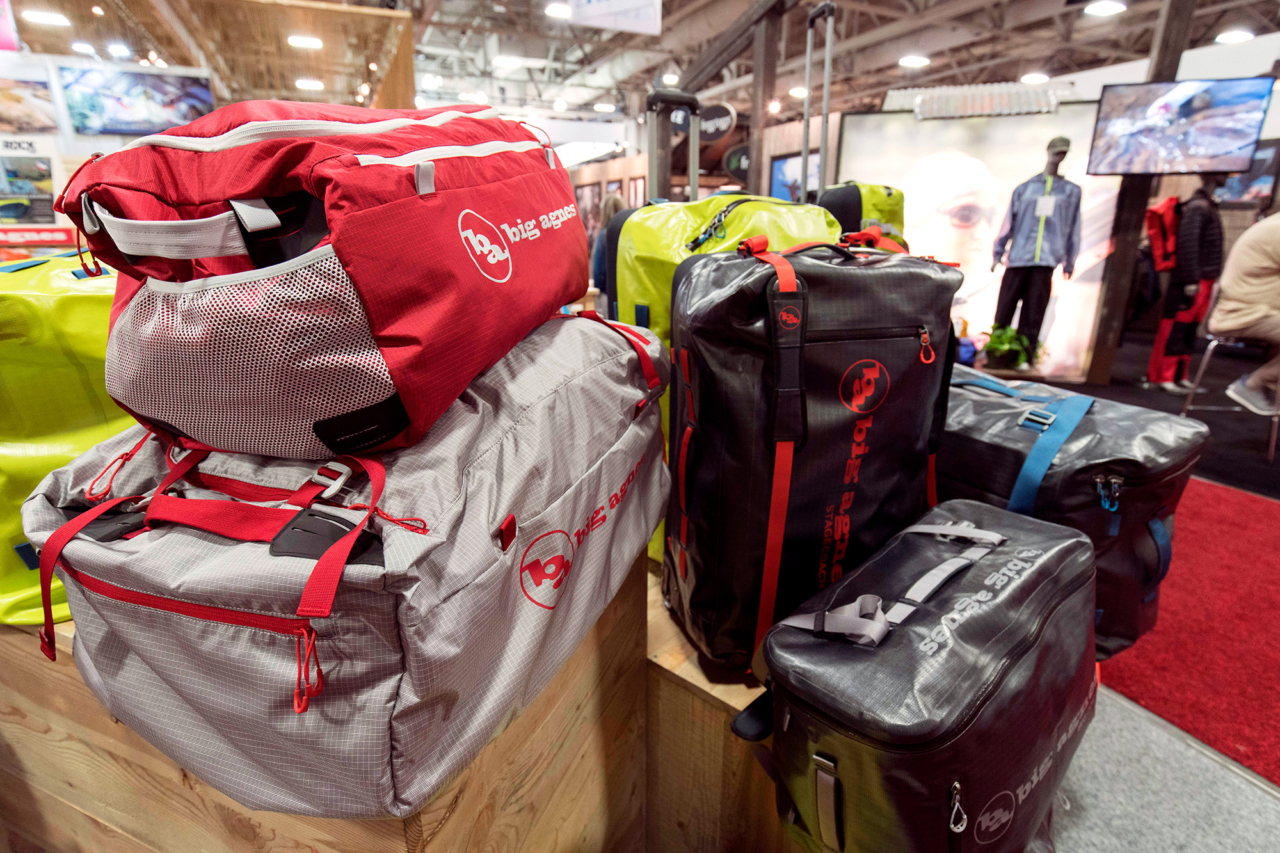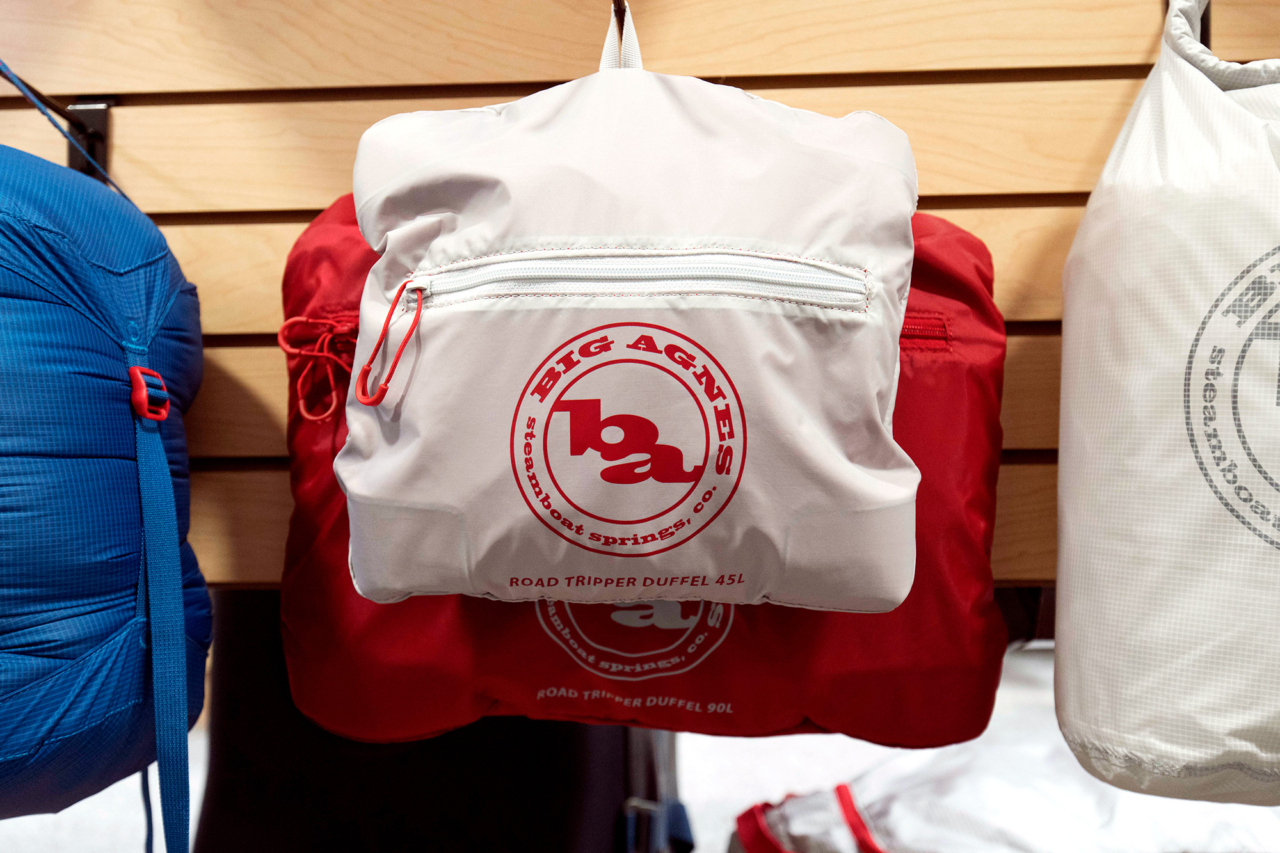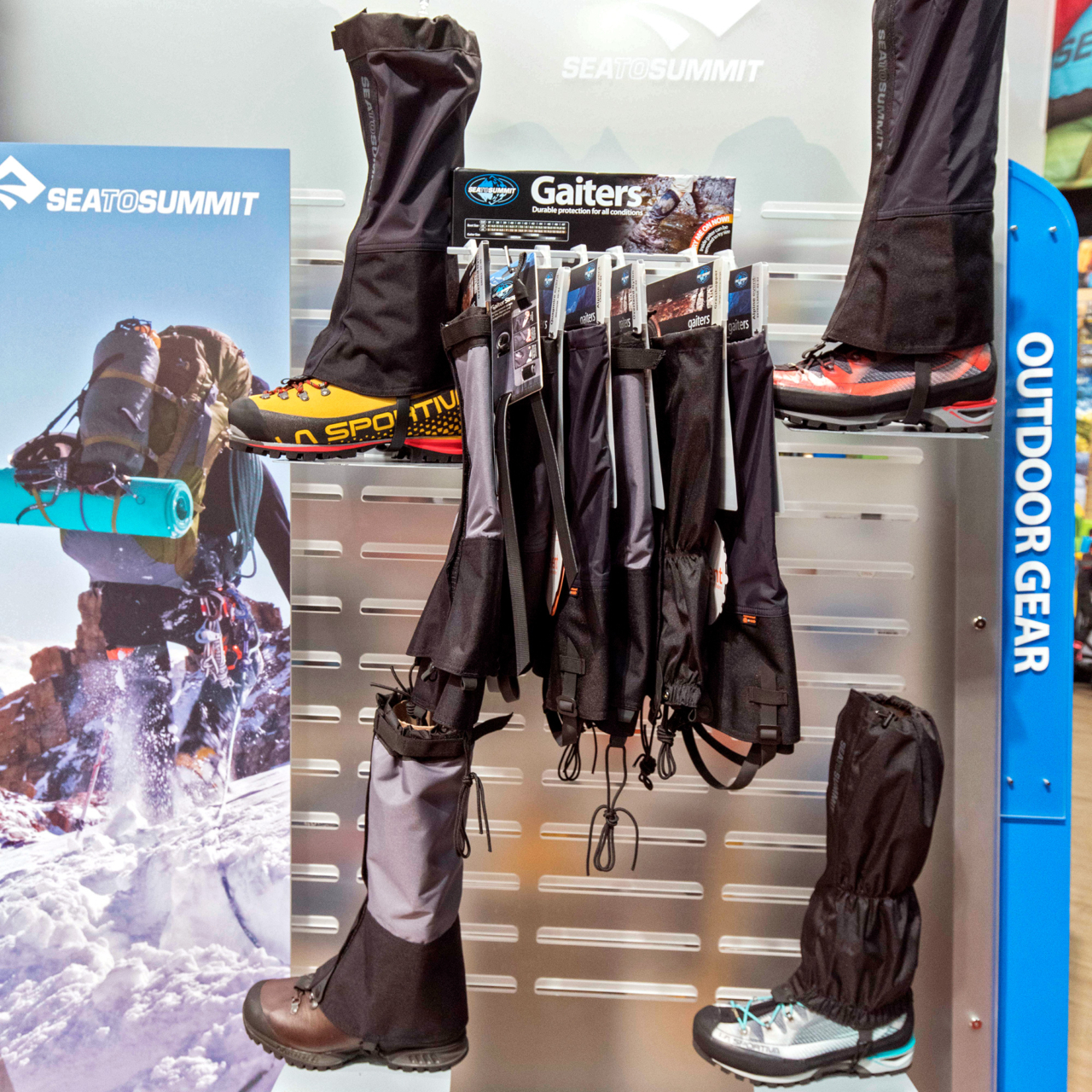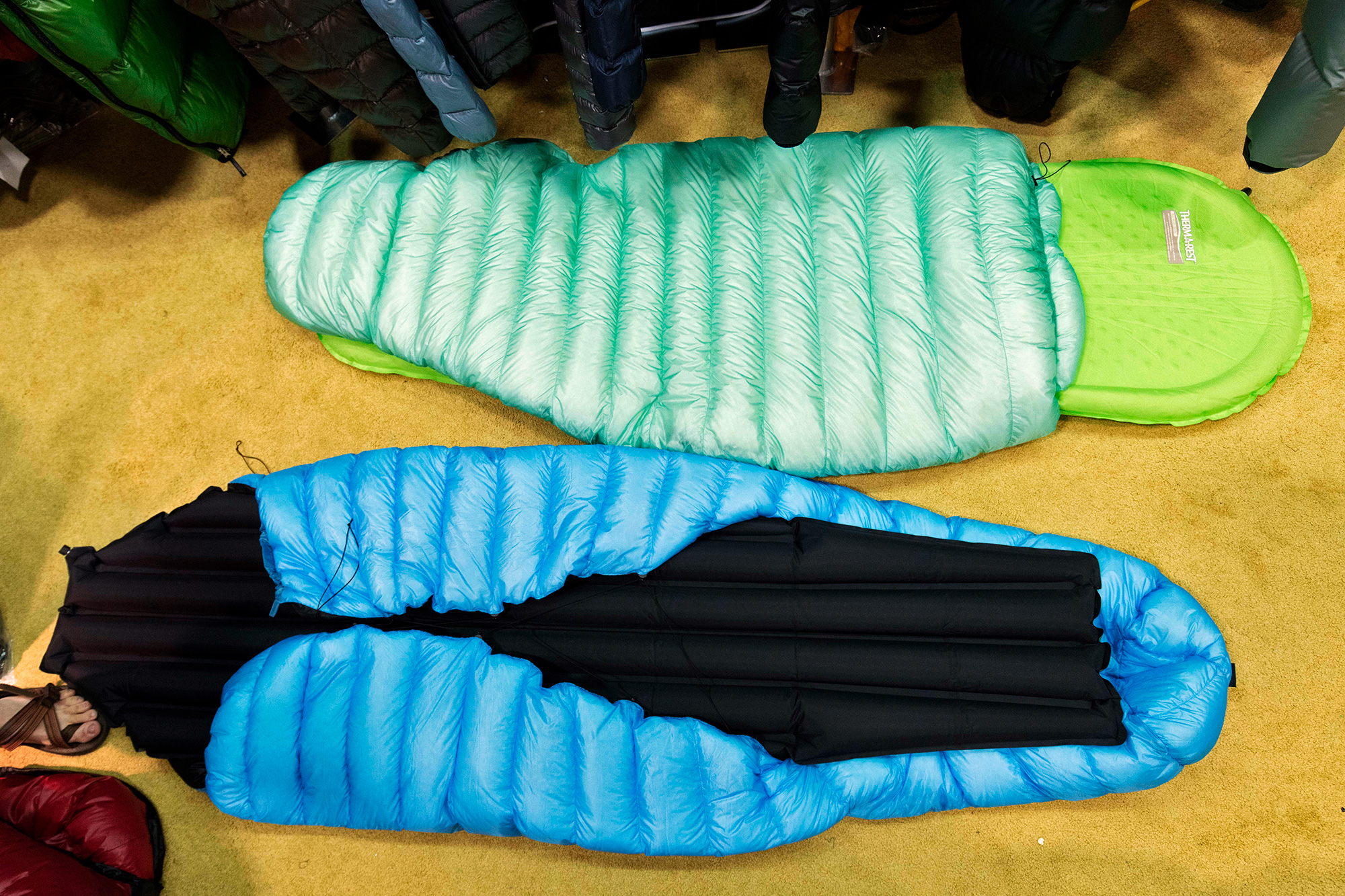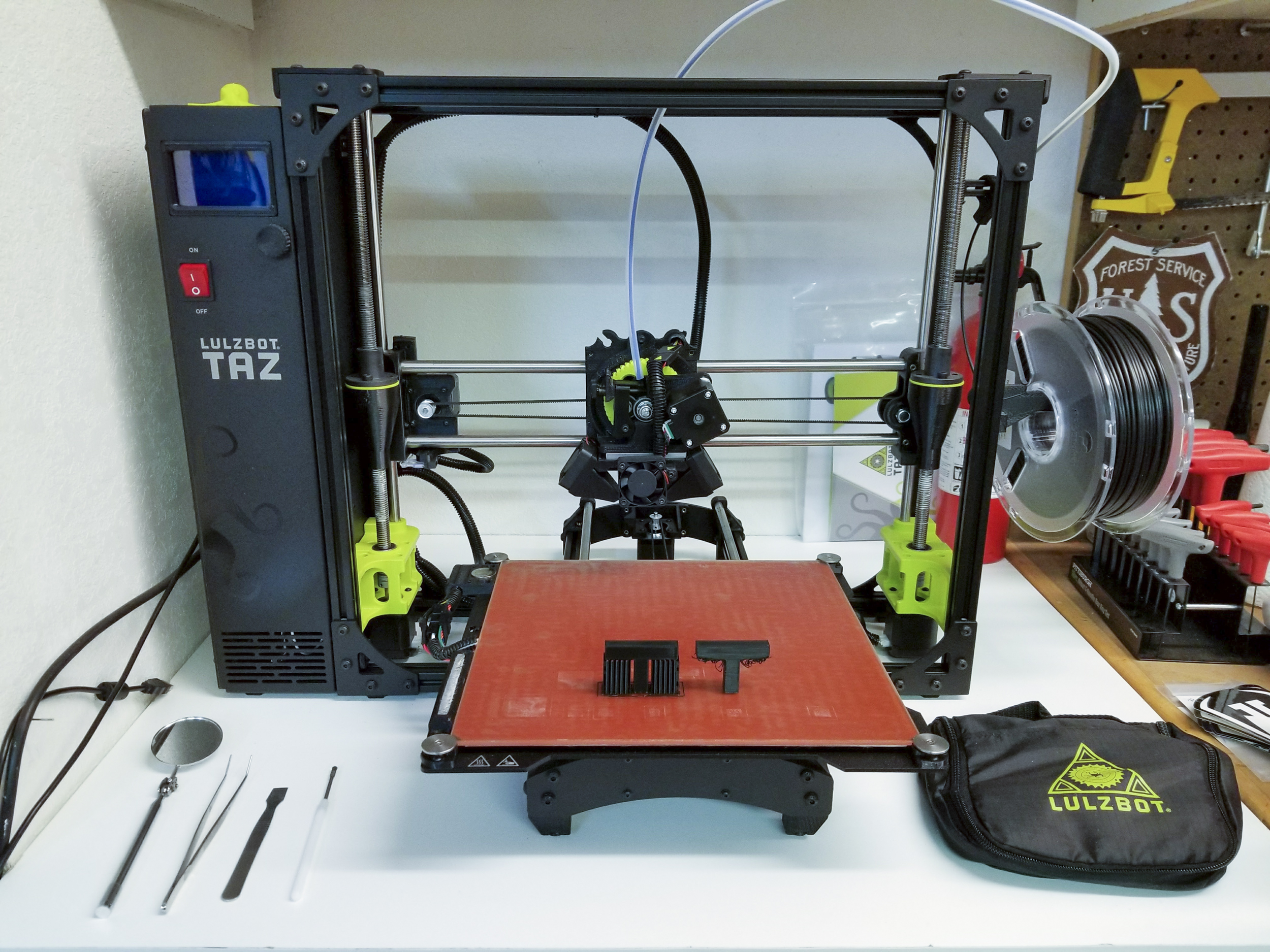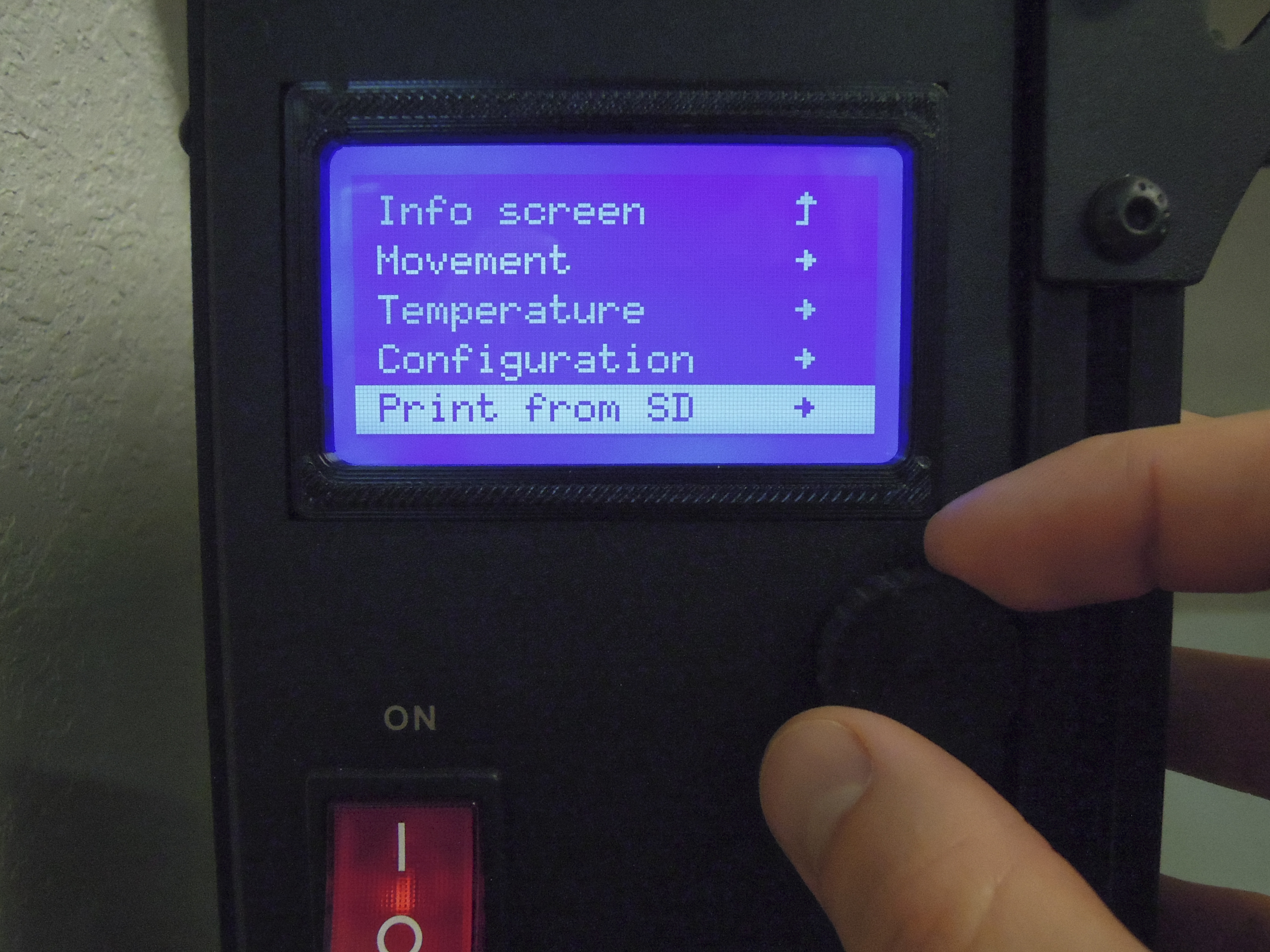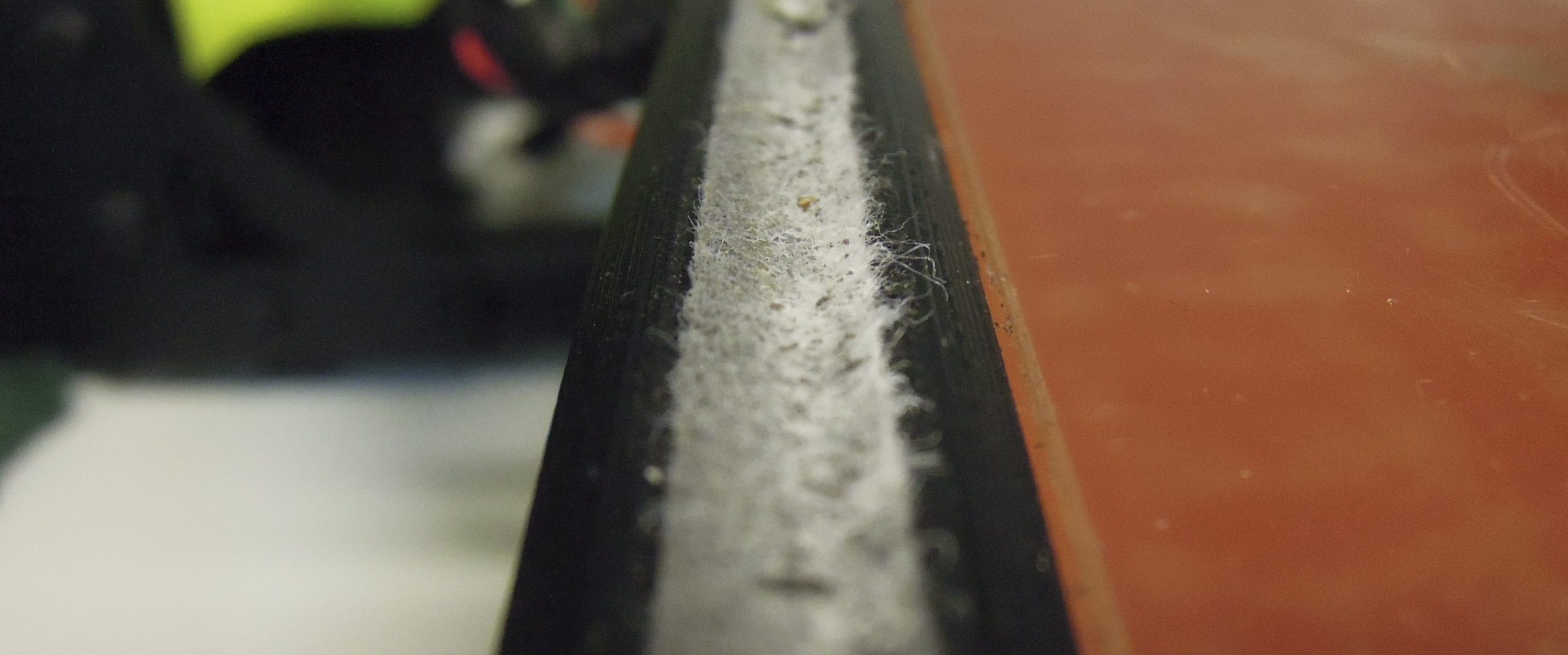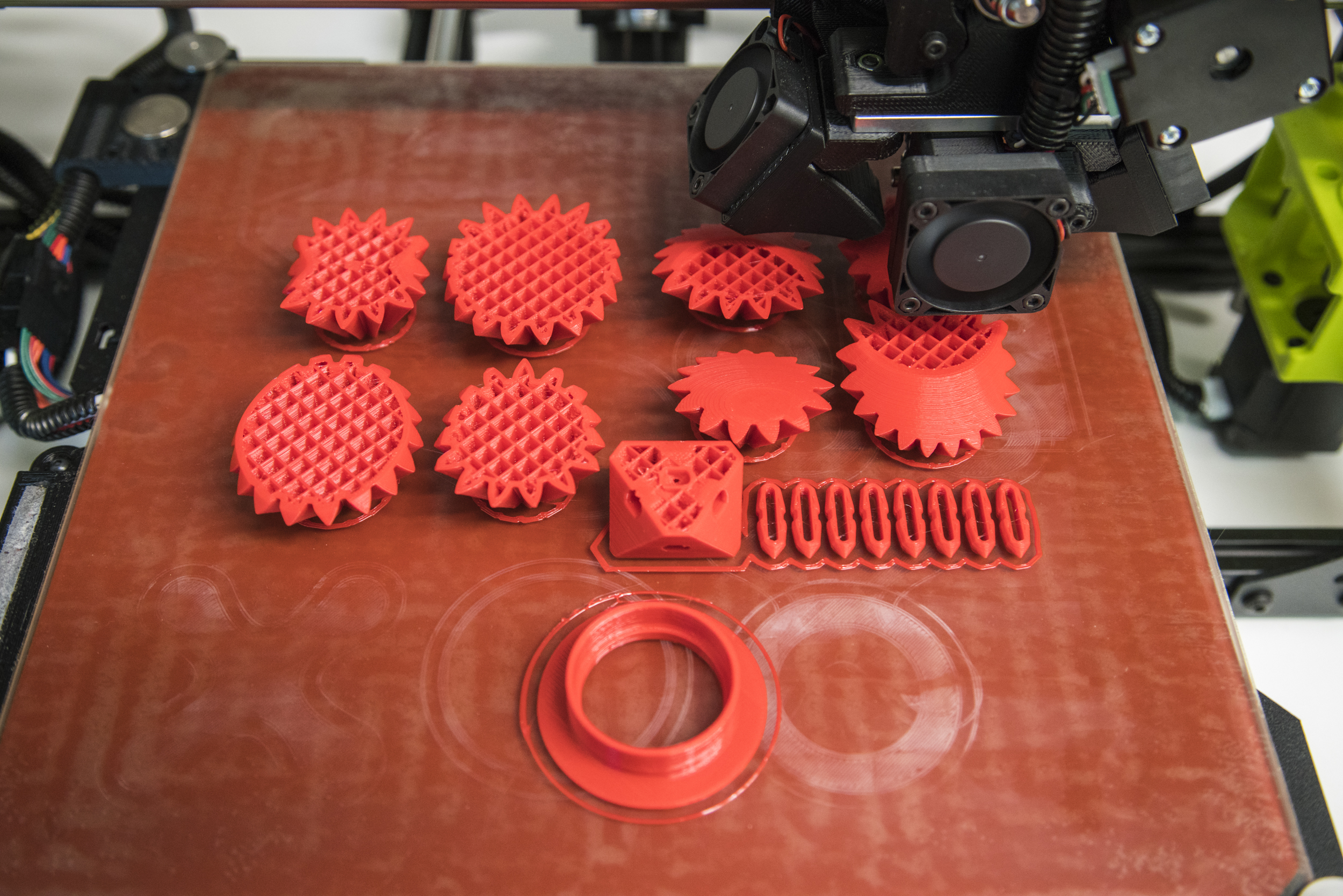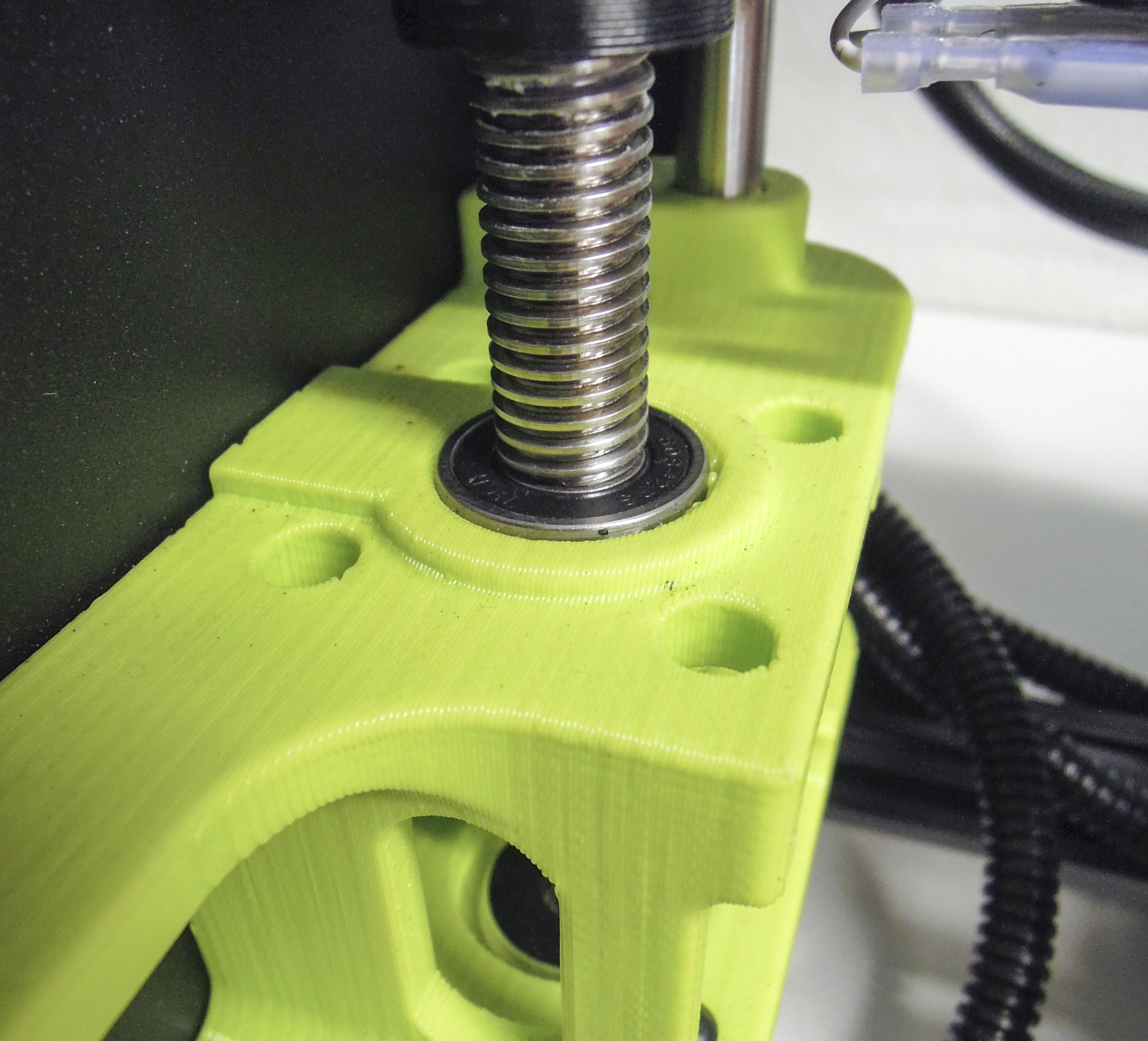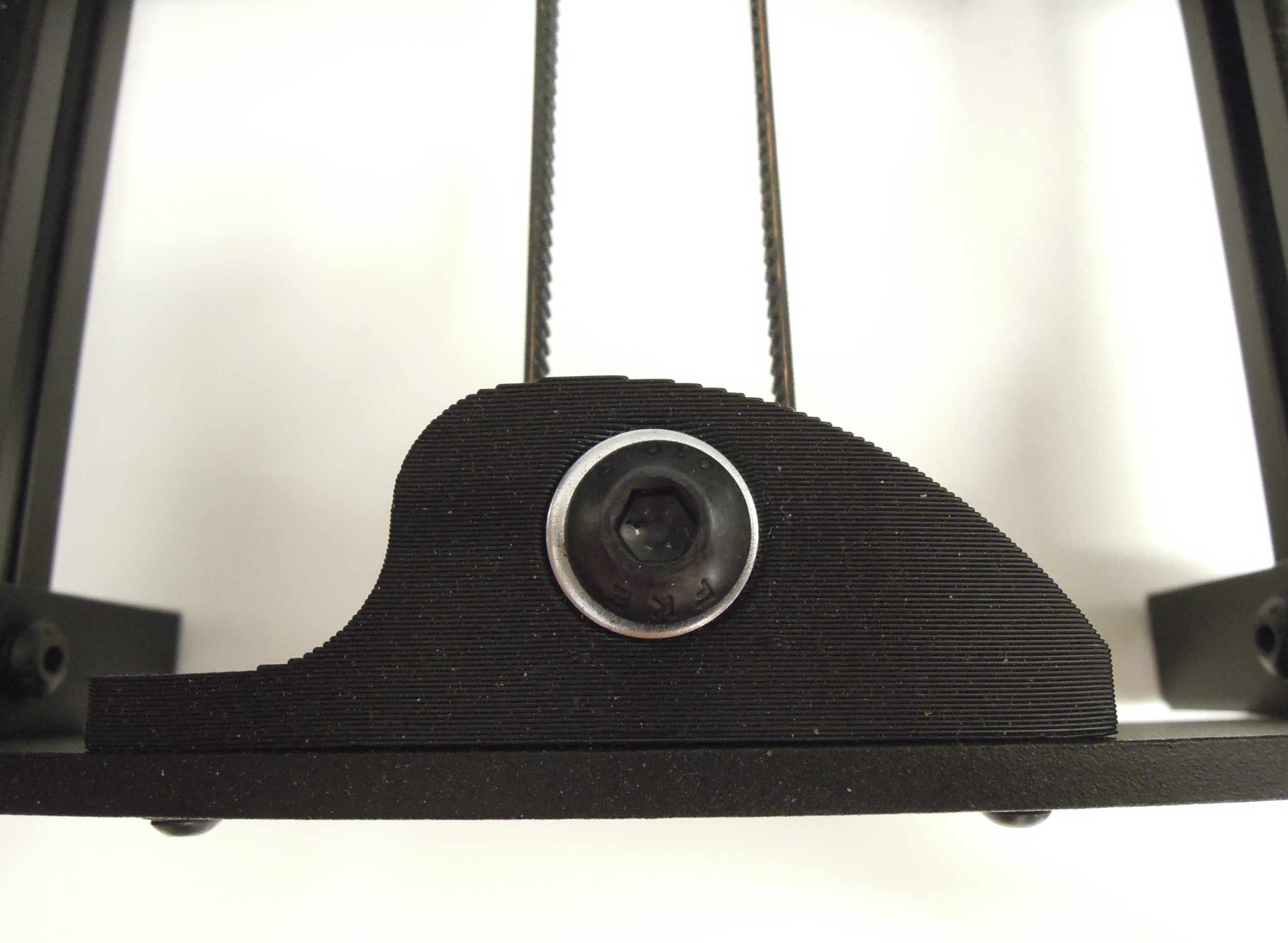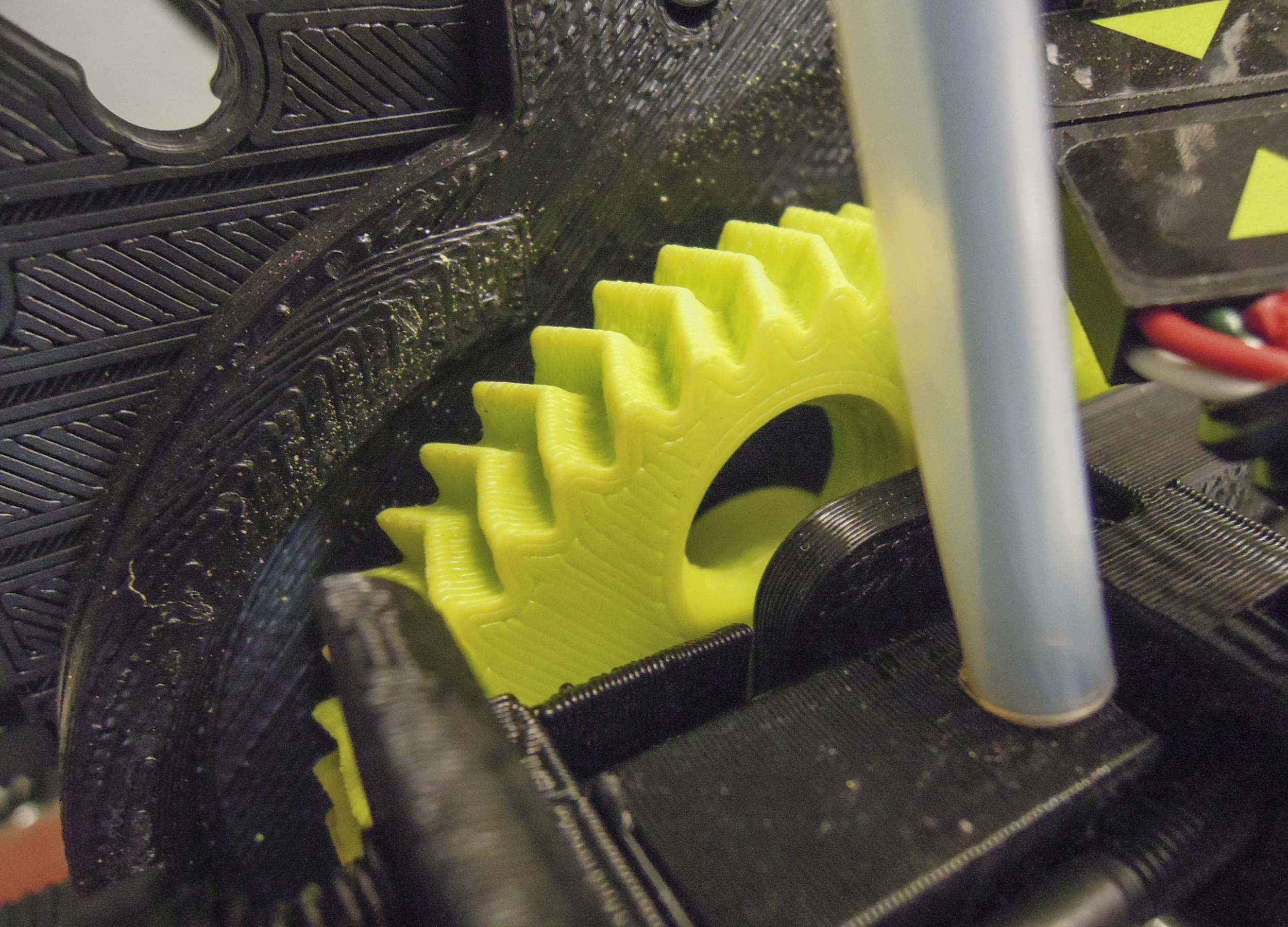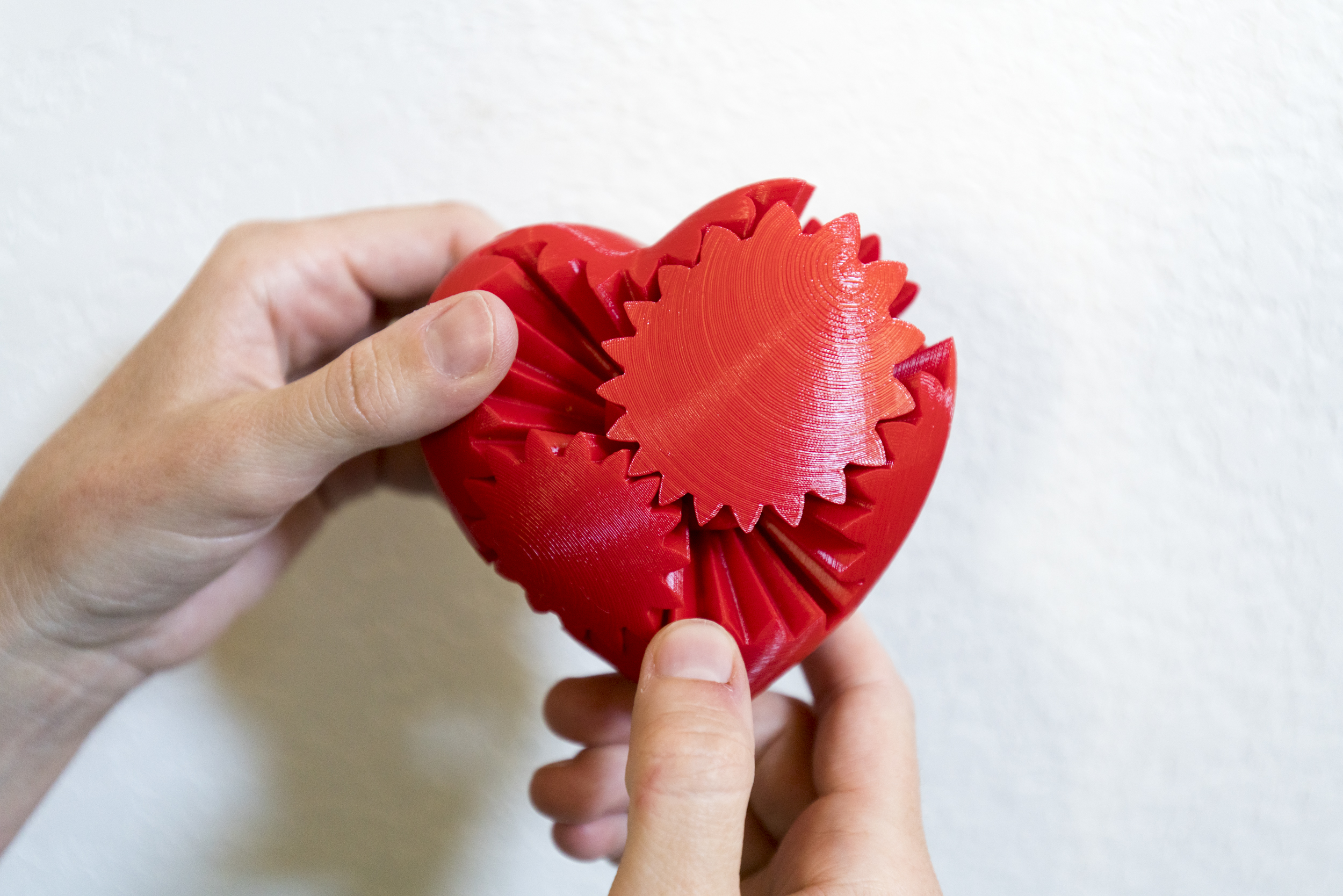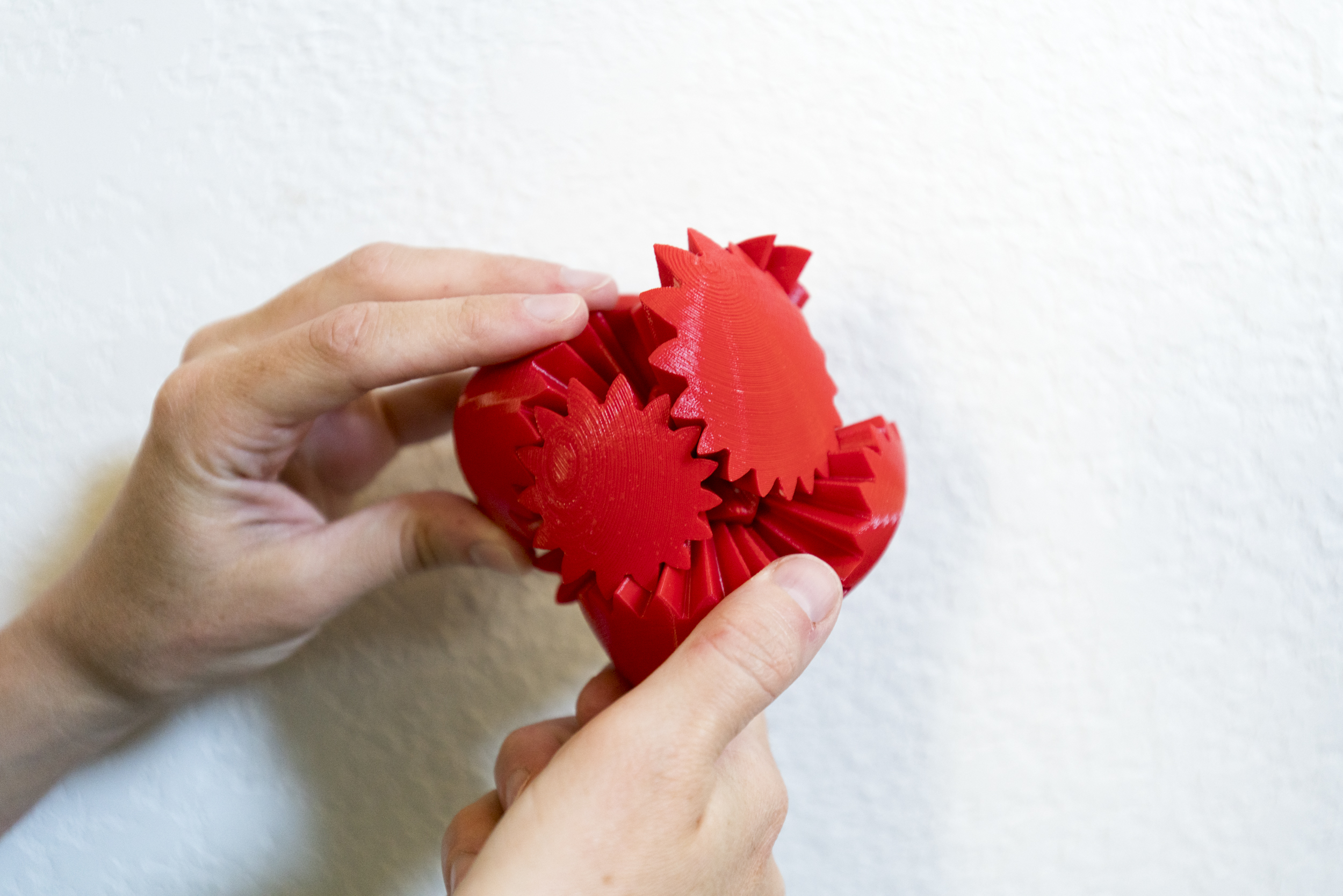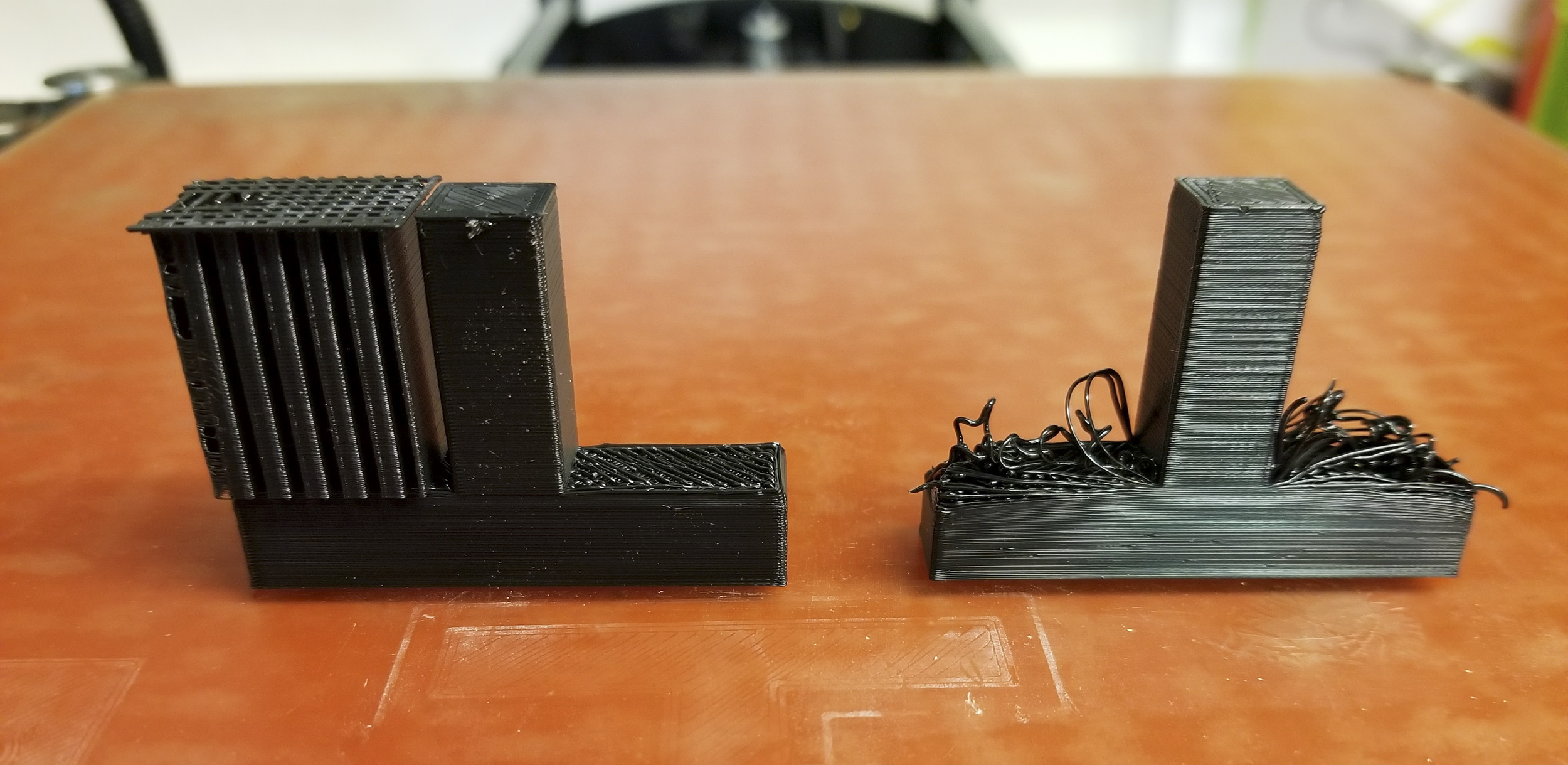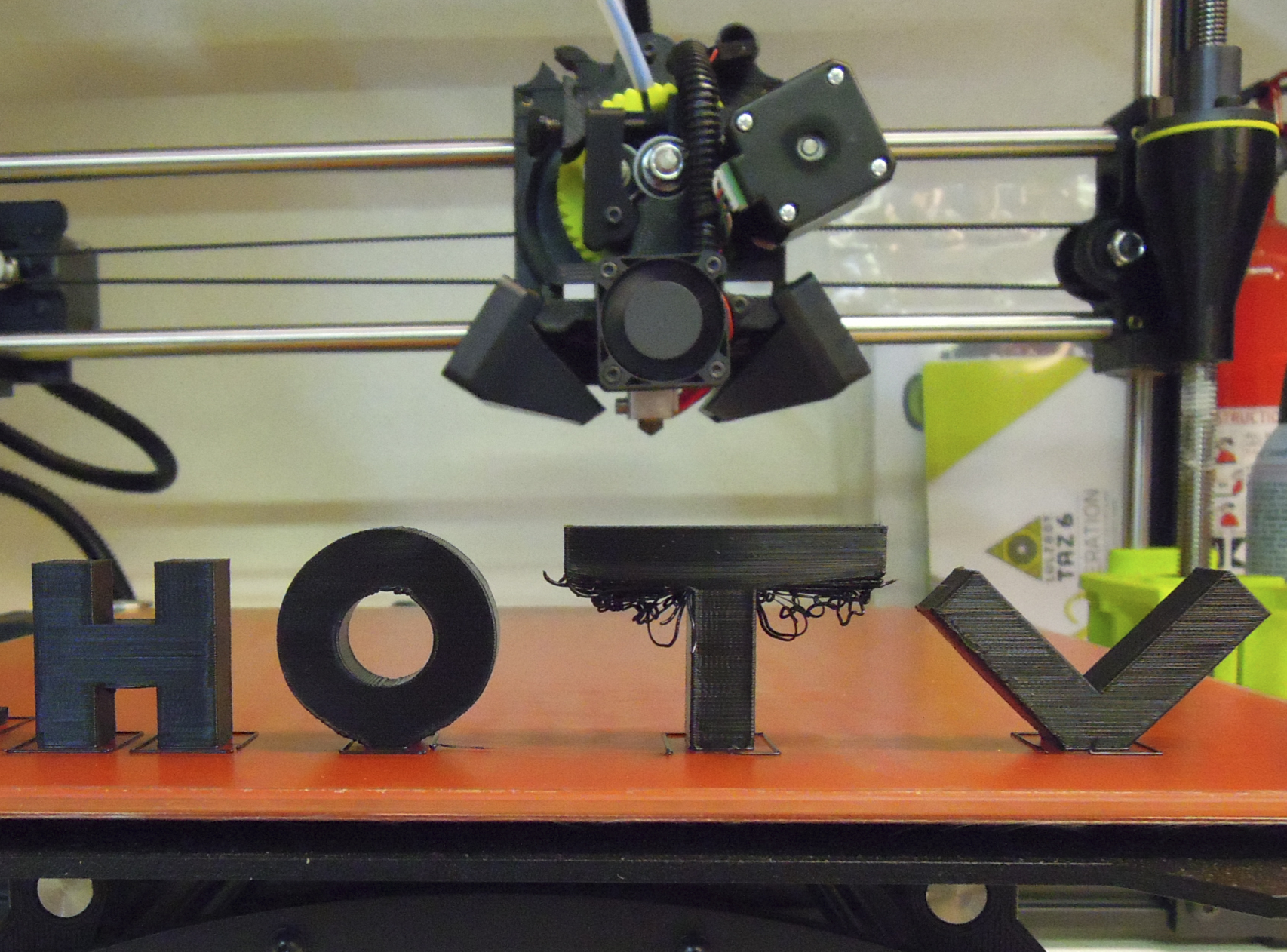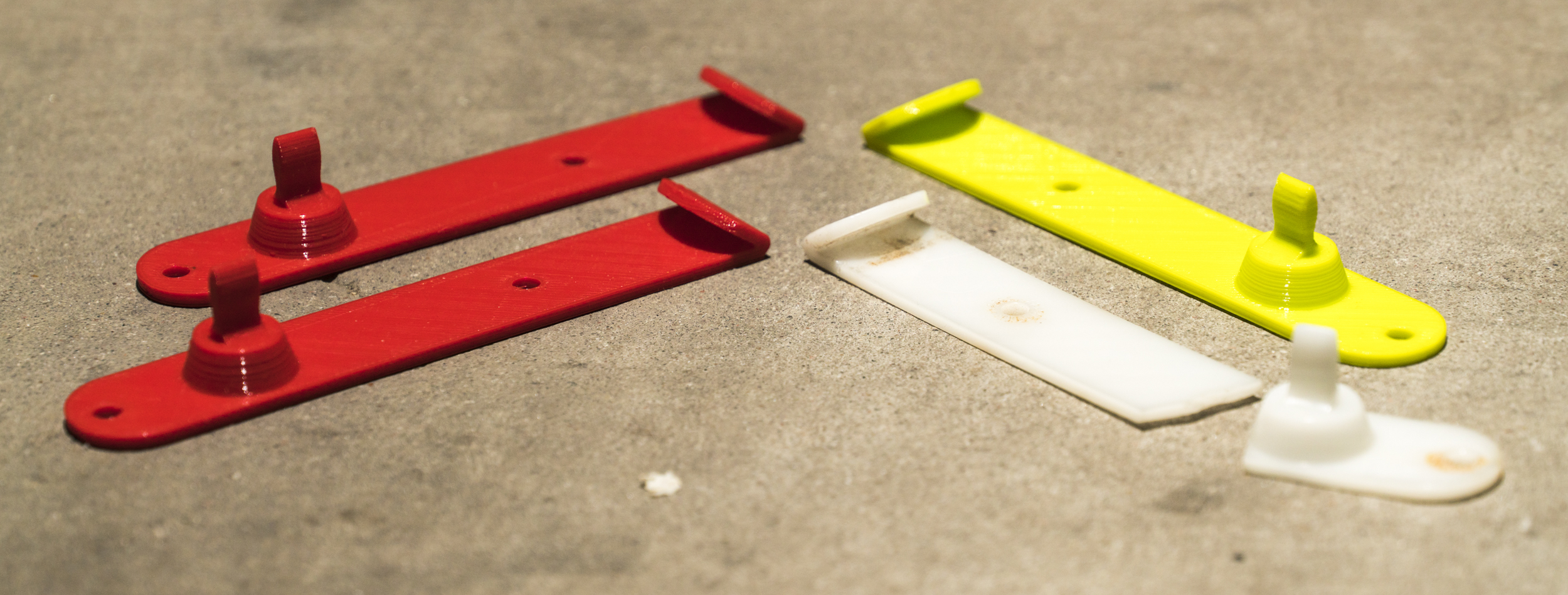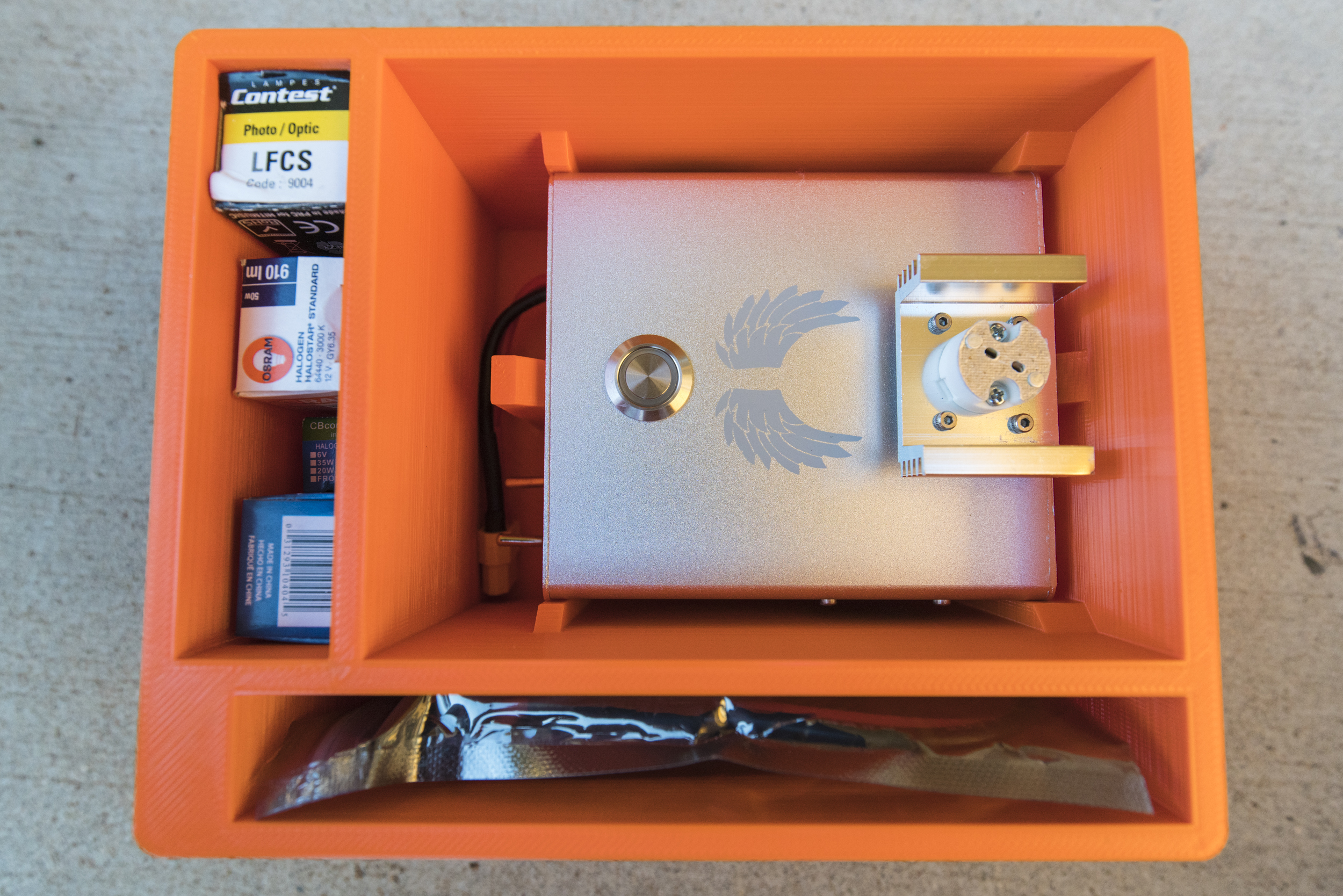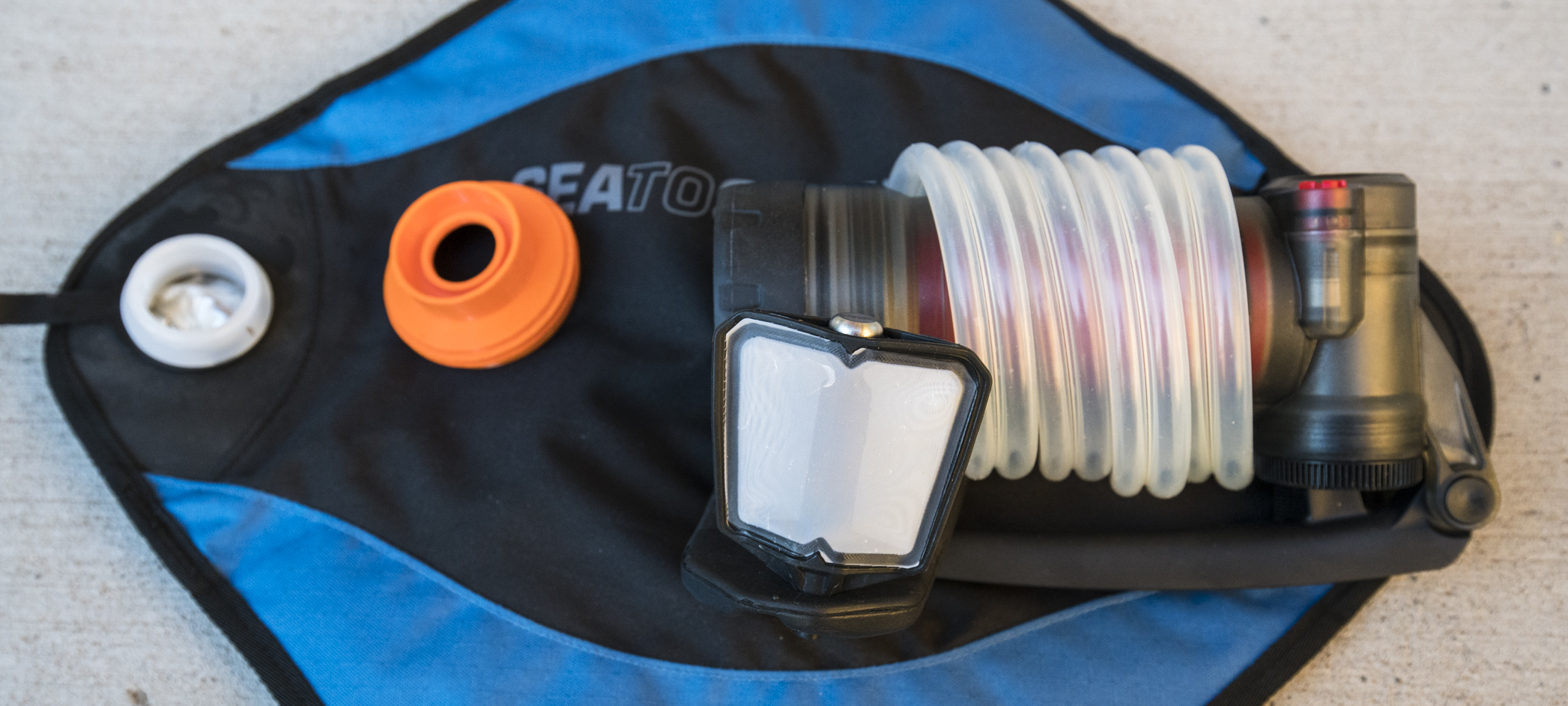I feel confident in saying that there is more to see at Outdoor Retailer (OR) Summer Market than one can see in the few short days allotted to the show. Summer Market completely fills the Salt Palace Convention Center, two massive ‘pavilion’ tents, and the parking lots and lawns within walking distance. From the big names in the outdoor industry with their massive booths that take up more space than my house to the start-up companies with the ink still drying on their business cards, many, many brands are at the show to show off their latest and greatest—and there isn’t enough time to see it all.
Adventure Travel is continuing to make an impact in the outdoor industry, and more and more brands are starting to offer gear that you would expect to see at Overland Expo. Big names like Thule are starting to offer gear like awnings, and more and more folks are quick to nod in understanding at the mention of ‘overlanding’ or ‘adventure travel.’ There was a ton of awesome gear on display, so I won’t put any more words in your way. Here’s a taste of Summer Market.
Knives & Tools
SureFire was at the show showing off their new DBR Guardian along with many of their other proven lighting products. The DBR Guardian is a dual-diode rechargeable light that can intelligently scale its light output depending on close the lens is to an object.
Benchmade had their new 535 Bugout knife at the show, which weighs in at all of 1.85 ounces. The knife has a S30V blade and Benchmade’s AXIS opening system.
Benzomatic had a number of new torches on hand for show attendees to ‘test’ at the show. According to Benzomatic, no less than four cameras had been accidentally melted by their new lighters and torches by folks who under estimated their heat output.
Leatherman has expanded their Tread line of wearable multi-tools with some great new options. There are two watch options and a smaller Tread LT version now available in a stainless or Diamond Like Coating (DLC) finish. Look for an in-depth review here on American Adventurist in coming months.
Gerber had a number of new products on display at the show. The Freescape Camp Saw packs a 12-inch blade and folds up smaller than a paper towel roll. The Vital Big Game Folder is Gerber’s answer to the Havalon Prianta knife which is notorious for breaking blades. And the Center Drive multi tool focuses on the things you use most in a multi tool, and accepts standard screw driver bits.
Camp Kitchen
Camp Chef was showing off their new Stryker Stove in addition to updates to many other products in their line. The Stryker works off of propane or iso-butane fuel making it a flexible option for anyone who needs one stove for backpack and vehicle based camping.
MSR is expanding the Windburner ecosystem with new pots and burner options. A revised throttle allows for even more simmer control on a stove we’re already impressed with.
OMeals use three to five ounces of liquid to heat up a food pouch that is ready to eat in about five minutes. They weigh a few ounces more than freeze-dried or dehydrated meals, but do not require you to pack around a stove. The company claims that ANY liquid is all you need to enjoy a hot meal anywhere.
Jetboil has updated their popular Flash cooking system with a redesigned burner and new insulating wraps. They also introduced the digital gauge that will take the guesswork out of how much fuel is in a canister.
Coolers, Bottles, Cups, and more
Hydroflask continues to offer more options to build your perfect bottle; a new straw lid and bottle boots were just some of the options available to compliment their ever expanding line of well-loved bottles. Hydroflask is also stepping into the soft cooler game.
Pelican’s booth was comprised of almost entirely new product: Soft-sided coolers, hard sided coolers, bottles, cups, new AIR case sizes and colors (AIR cases are up to 40% lighter than original Pelican cases while still meeting all of the standards of the original cases) as well as Pelican’s new backpacks and duffels.
Mountainsmith is expanding their line of soft-sided coolers with the Cooloir series of coolers, which will be available in the three sizes.
Camp Furniture
Nemo had a new line of chairs on display that allow you to sit up straight (great for eating) and recline to take in the world above you. These chairs pack down to a smaller size, than many other ‘full size’ chairs and look to be very well made.
Helinox had a line of hard-topped packable tables on display at the show to complement their extensive and popular line of packable chairs.
Shelter
Thule is getting into the awning market with this great looking unit that was the center point of their booth. Quality, fit and finish all looked great, and we’re excited to see how this unit performs in the field.
Rooftents. OR is also the place where brands meet with their textile and material suppliers. I happened to run into an employee from a certain three-letter brand while I was poking around the RTT manufacturer’s booths.
James Baroud had a booth and a vehicle display at the show. These folks from Portugal do some serious product testing, like the 70 mph wind tunnel test that each design has to pass before it can become a James Baroud product.
Tepui had a large presence at the show and has some cool new things in the works we can’t talk about just yet… stay tuned!
Yakima. Yakima has also entered the “overlandosphere” in a big way lately, and the center point of Yakima’s booth was their Tacoma sporting their roof top tent and awning.
Electronics
Goal Zero had a number of new products on display, including a redesigned Fuel gas generator, new revisions of the Lithium-Yetis that will work with a new App, and a system where you can hardwire your Yeti into your home’s panel to use your home’s wiring to power appliances and lights when the power goes out. (No more having to pull the fridge out to plug it in.)
Powervision is a breaking into the scene with a remote control submarine that uses VR goggles to deliver a first person view, and a couple of multirotor (drone) models that feature some unique designs.
RAM Mounts had a new GoPro clip to Ram Ball adapter as well as a number of new track systems that provide even more options for mounting things to other things.
Bags & Packs
Big Agnes had a ton of new products at the show, like their comprehensive line of bags. With waterproof zippers, magnetic handles, and durable construction, these bags are well appointed and well made to handle the abuse of adventure travel.
Sea to Summit had a number of new product lines on display at the show. Their new gaiters, ultra-sil daypack line, and cookwear line all looked great.
Western Mountaineering had a couple of new down bags designed for folks who count grams and every last cubic centimeter of space. These two new bags use your pad and a wraparound design to create and ultra-packable ultralight sleeping bag that still performs like you would expect a western bag to.
Summer Market was the last Outdoor Retailer show that will be held in Utah for the forseeable future. As a result of the Utah government’s handling of public lands, the show is moving to Denver, Colorado. (I’ll let you use Google to understand the details.) American Adventurist will be at OR Winter Market, so please let us know what you want us to keep an eye out for at the next show in the comments!




